It’s based on screenwriter David McKenna’s real-life experiences
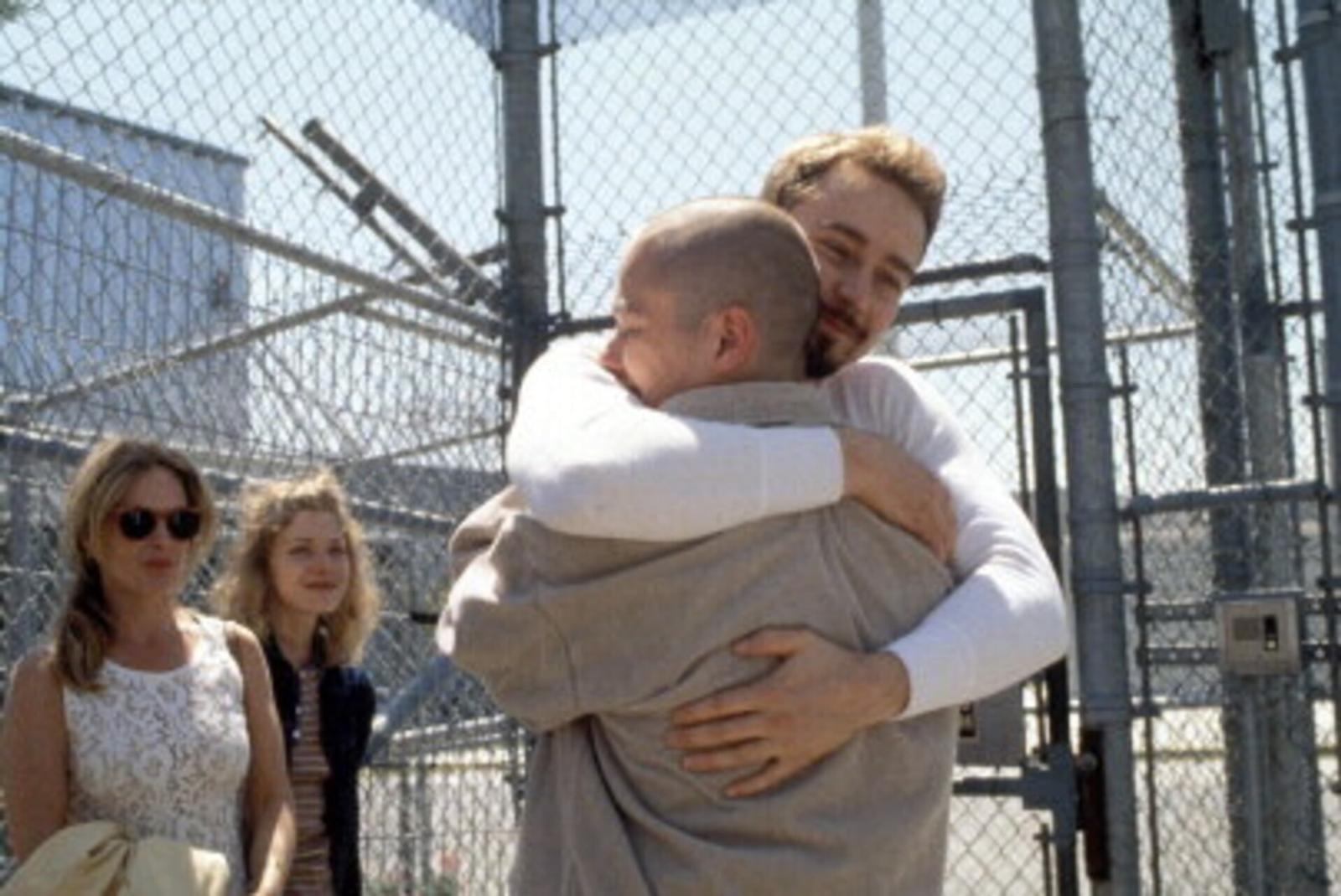
American History X was written by first-time screenwriter David McKenna, who had grown up in the San Diego hardcore punk rock scene where violence and racism were commonplace. The writer explained he wanted the film to demonstrate that “a person is not born a racist, it is learned through your environment and the people that surround you.”
The controversy surrounding the film effectively destroyed Tony Kaye’s career
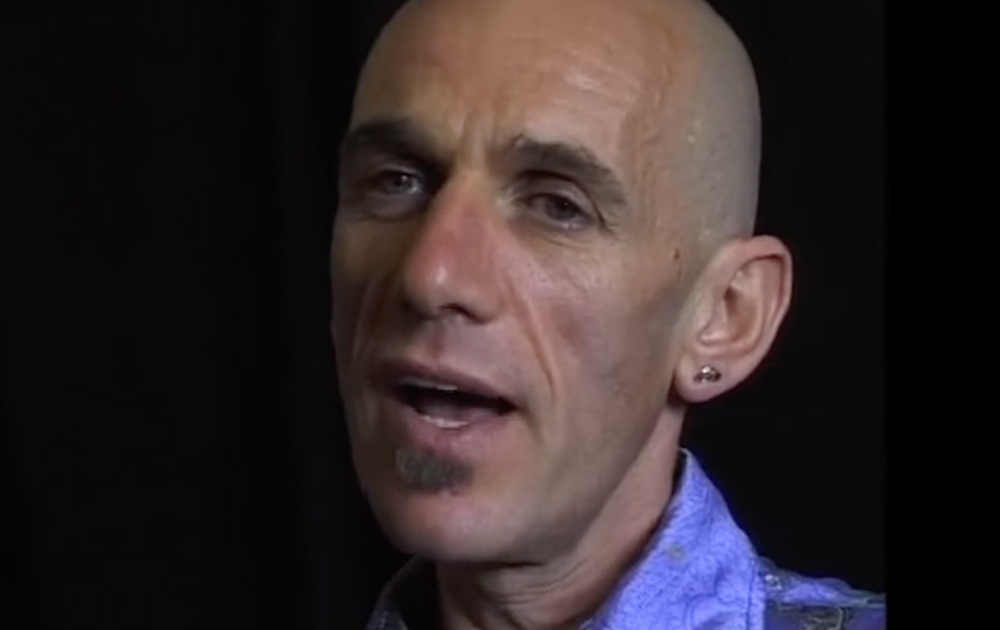
Tony Kaye made his feature directorial debut on American History X, yet despite the acclaim the film received, it did not lead to more major films for Kaye. The British director effectively destroyed his own career with his increasingly bizarre attempts to derail the film’s release, which got him in trouble with the powers that be in Hollywood and saw him blacklisted by the studios.
Joaquin Phoenix was the first choice to take play Derek
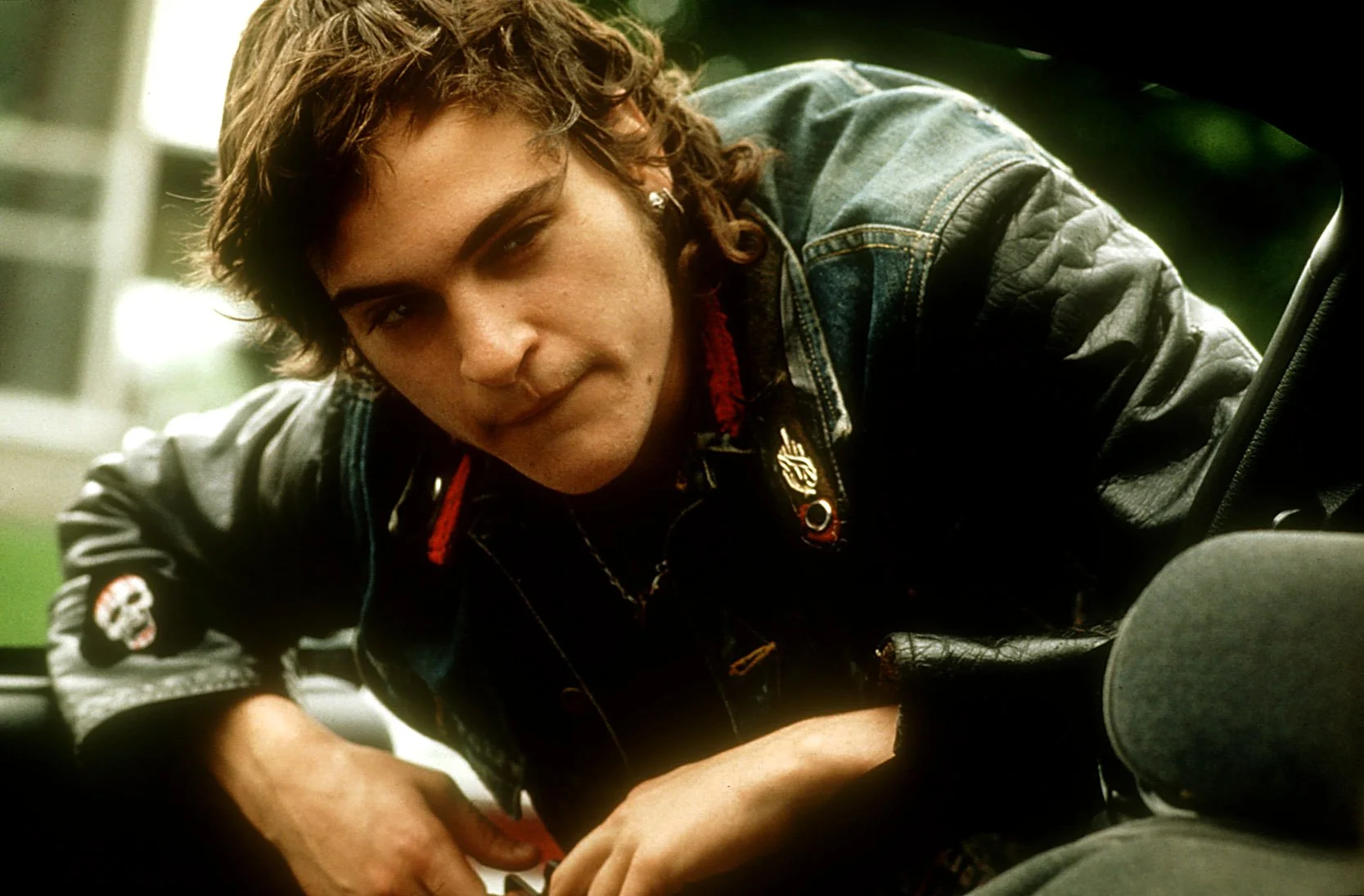
The first person offered American History X’s lead role of Derek Vinyard was Joaquin Phoenix. The future Joker Oscar winner was aged just 24 at the time, and was a rising star following his turn in 1995’s To Die For. However, Phoenix was not comfortable with American History X’s charged subject matter and so turned the part down.
Edward Norton accepted a much lower fee than usual to play the role
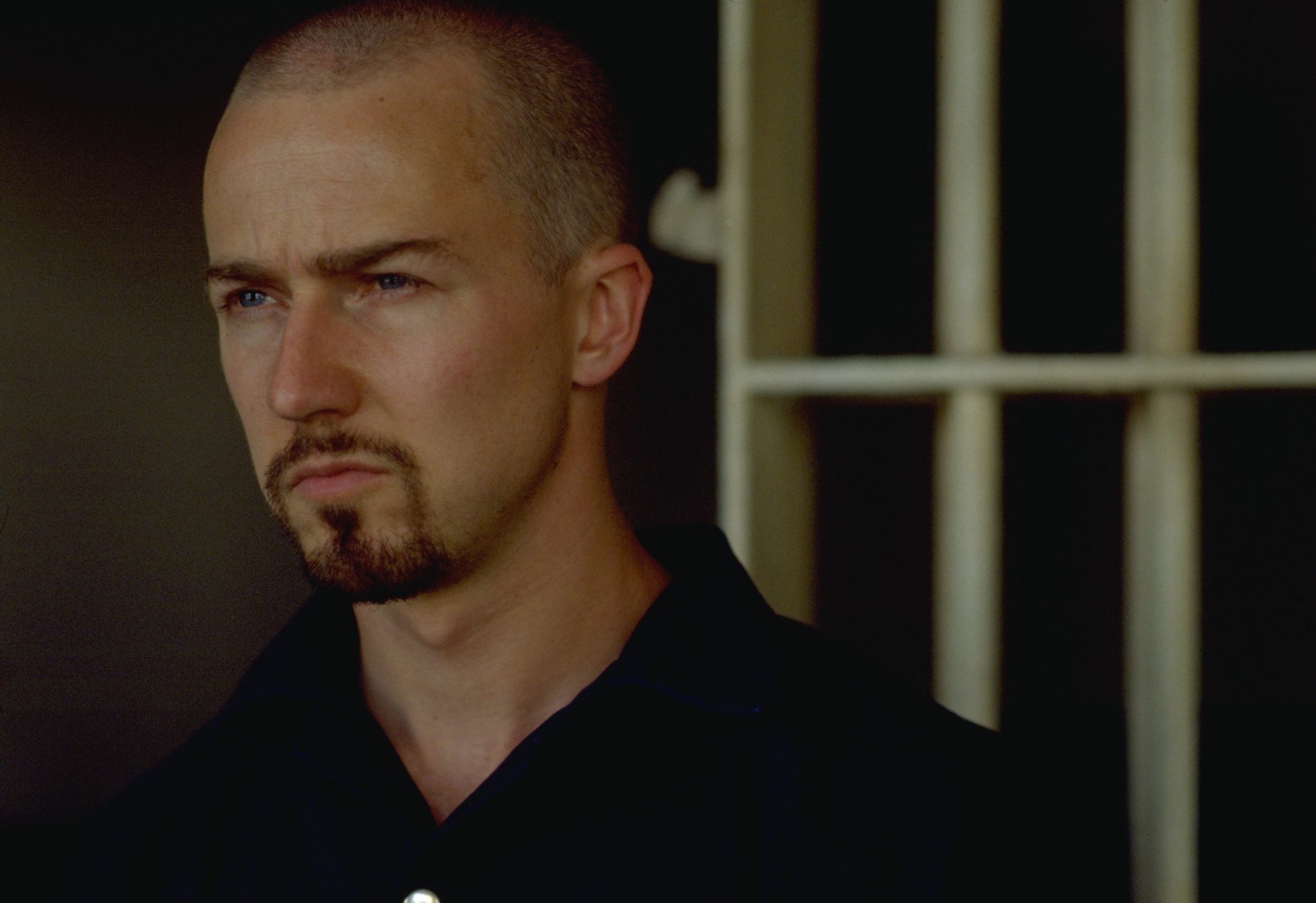
When casting director Valerie McCaffrey suggested Edward Norton as Derek, director Tony Kaye doubted that Norton had “the weight or presence” to do the role justice. Kaye eventually agreed to the casting when no stronger contenders emerged, whilst Norton was so keen to play the role he signed on for less than half of his then-standard asking price of $1 million.
Tony Kaye’s original cut of the film was 18 minutes shorter
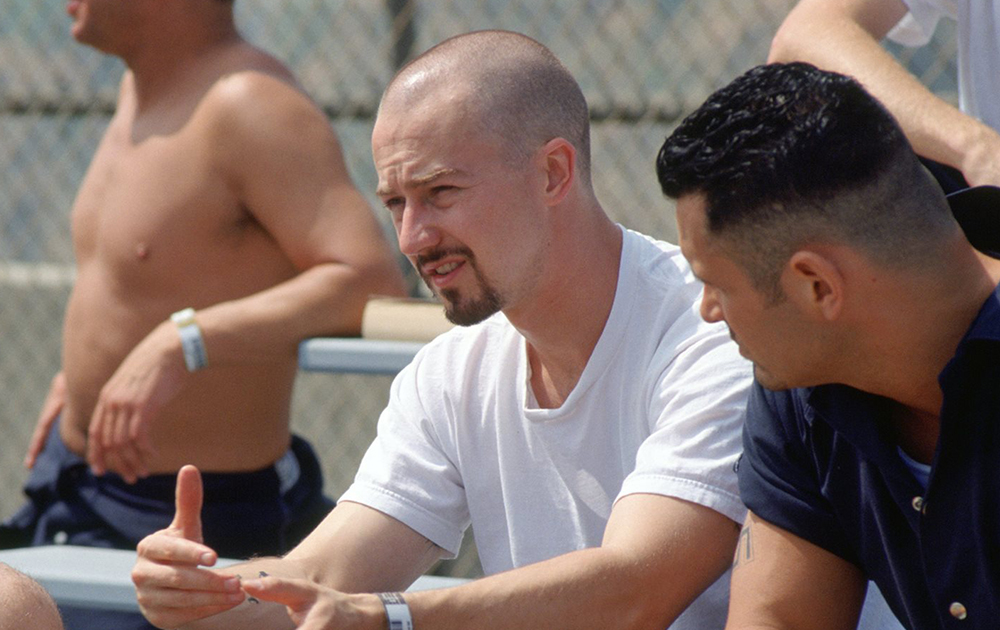
Director Tony Kaye was solely responsible for the first cut of American History X, which he described as a “hard, fast, 95-minute rough diamond of a picture.” While this cut went down well at test screenings, studio New Line Cinema felt more could be done with the film, so they had Kaye collaborate with Edward Norton on editing a new, longer cut of the film.
Norton and Kaye butted heads in the re-editing process
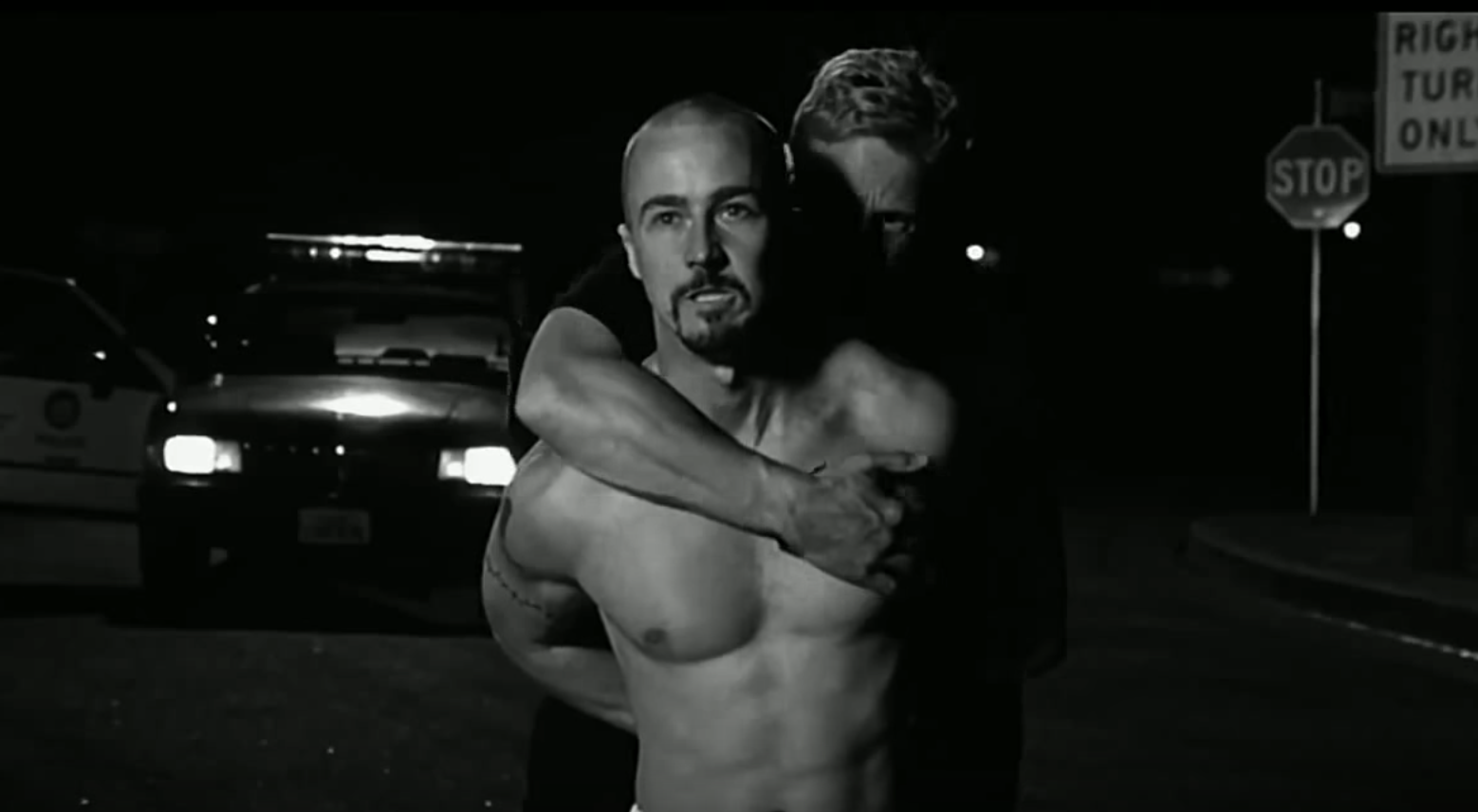
Norton oversaw a new cut, 18 minutes longer than Kaye’s. The director was so enraged by this, he required stitches in his hand after furiously punching a wall. The director remarked at the time, “I’m fully aware that I’m a first-time director, but I need the same autonomy and respect that Stanley Kubrick gets.” New Line Cinema did not feel similarly, however.
The studio eventually released Edward Norton’s extended cut
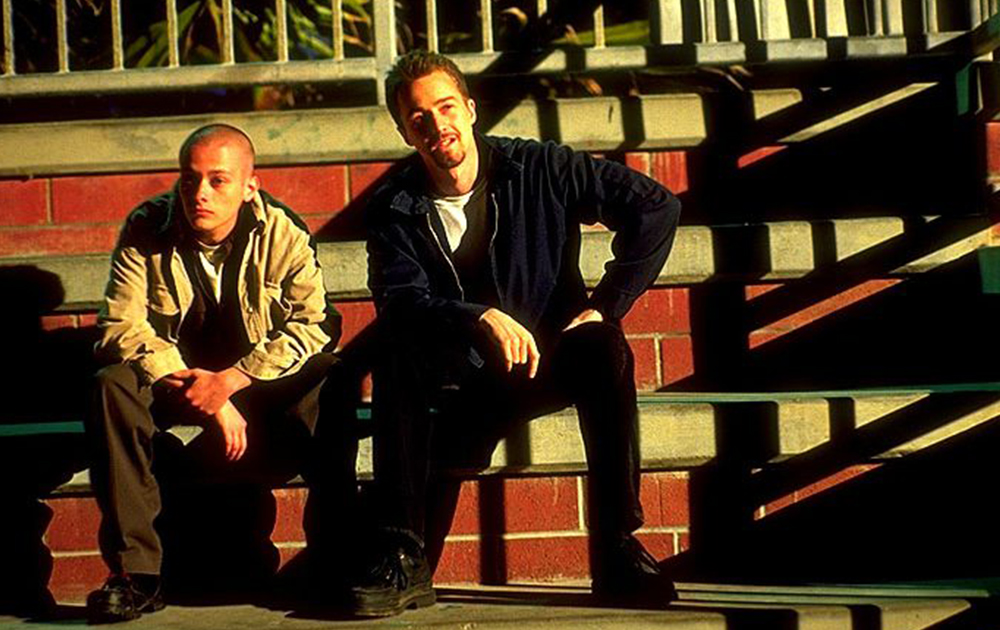
Studio New Line Cinema gave director Tony Kaye a deadline to submit a third cut of the film which balanced his vision with Norton’s. When Kaye failed to meet this deadline, New Line released Norton’s cut. Kaye complained later that the released version was “crammed with shots of everyone crying in each other’s arms. And, of course, Norton had generously given himself more screen time.”
Studio figures deny Norton’s cut is really that different from Kaye’s
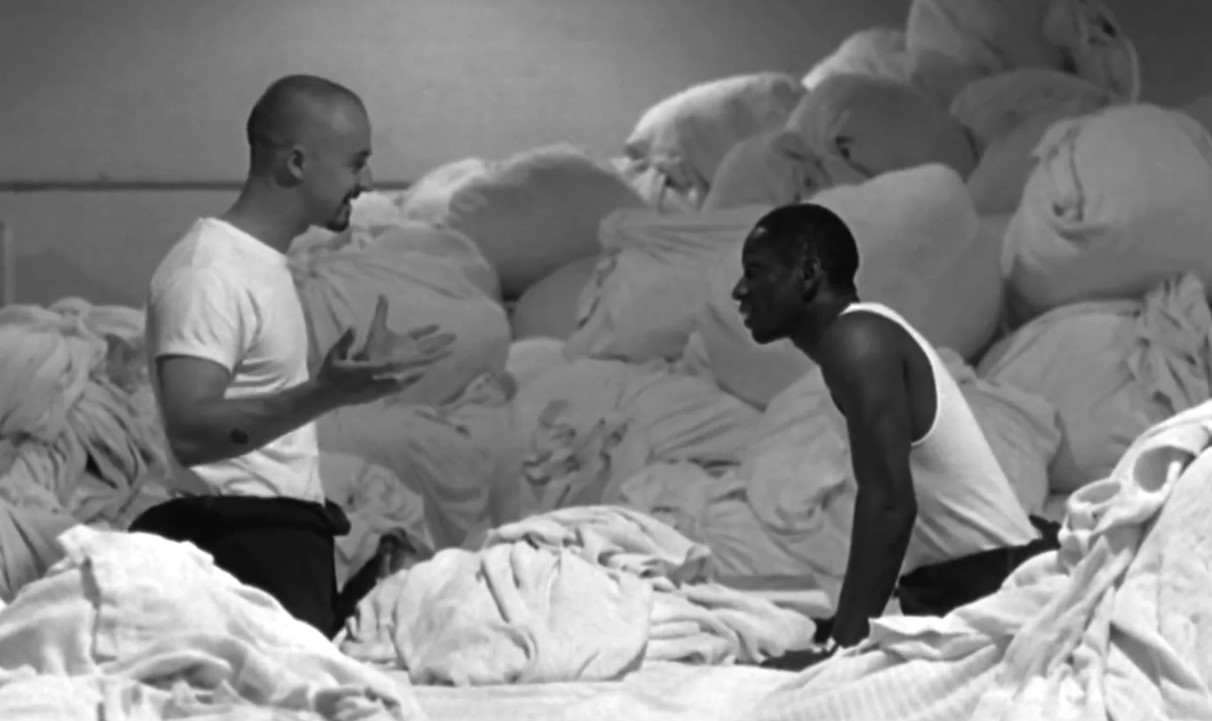
Despite Kaye’s fury, figures close to the film at New Line Cinema dispute that the theatrically released film was really that far removed from the director’s original vision. Mitch Goldman, New Line’s marketing and distribution chief at the time, says that he “could hardly tell the difference [between the cuts]. I told Tony that the current version is every bit as emotionally powerful.”
Norton asked Arnold Schwarzenegger for tips on gaining muscle
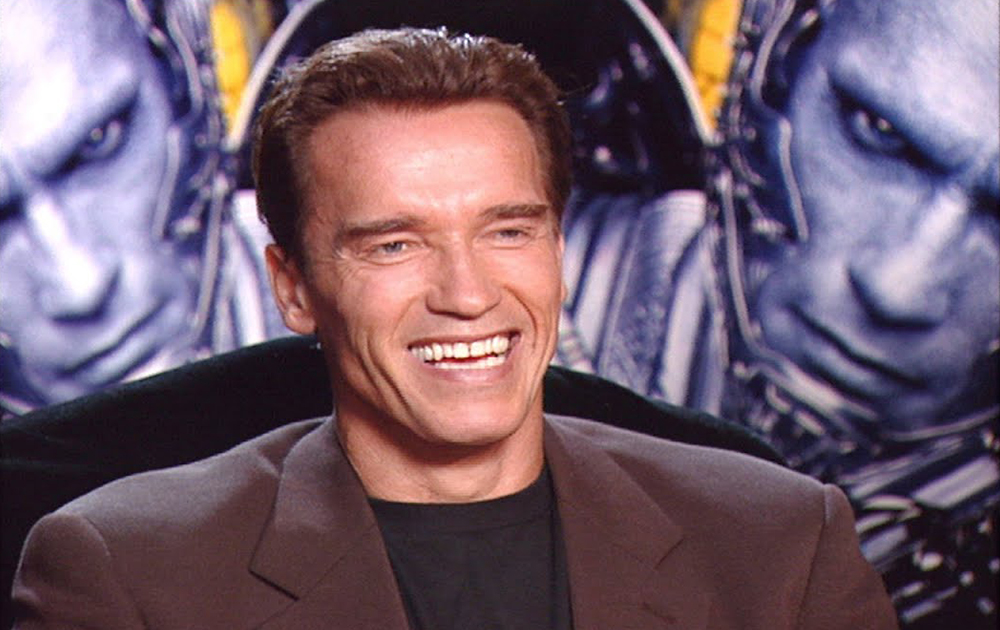
Norton adopted an intensive training and diet regimen for American History X, gaining around 30 pounds in three months. It’s long been rumoured that Arnold Schwarzenegger accused Norton of using steroids, but Norton disputes this, remarking he met the bodybuilder-turned-actor in pre-production and asked for advice on gaining muscle. After Norton broke down his workout schedule, Schwarzenegger told him to double it.
Director Tony Kaye emphasised his Jewish heritage throughout production
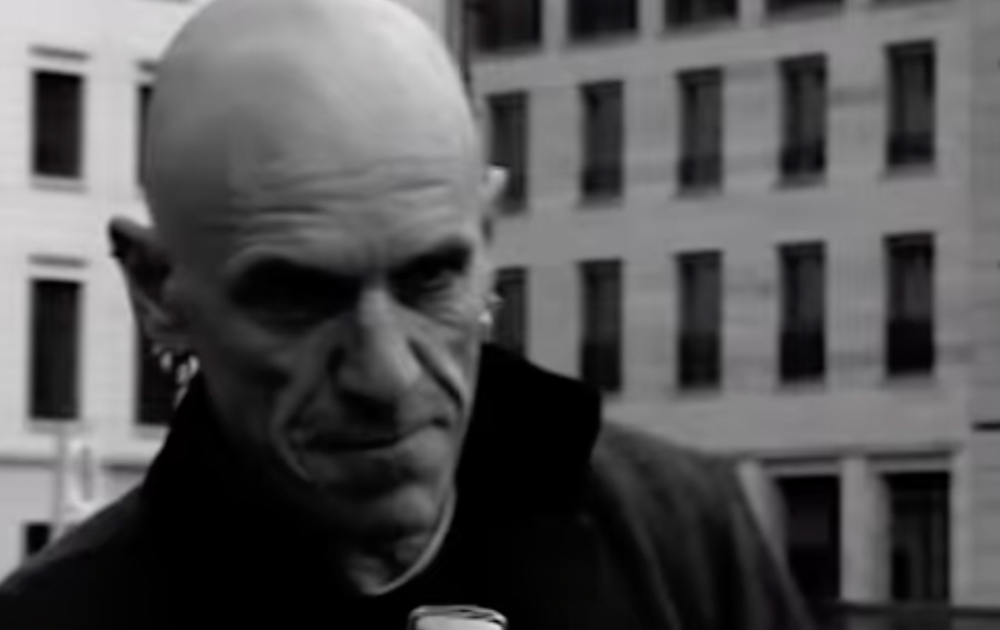
On set, director Tony Kaye made a point of emphasizing his own Jewish heritage, not to mention his larger-than-life personality. The director was brought to set daily in a chauffeur-driven car with a personalized license plate which read ‘JEWISH.’ Filming on the movie coincided with Passover, at which point the director ordered that Matzo be served up to the cast and crew.
Kaye insisted on bringing three holy men to a meeting with the studio
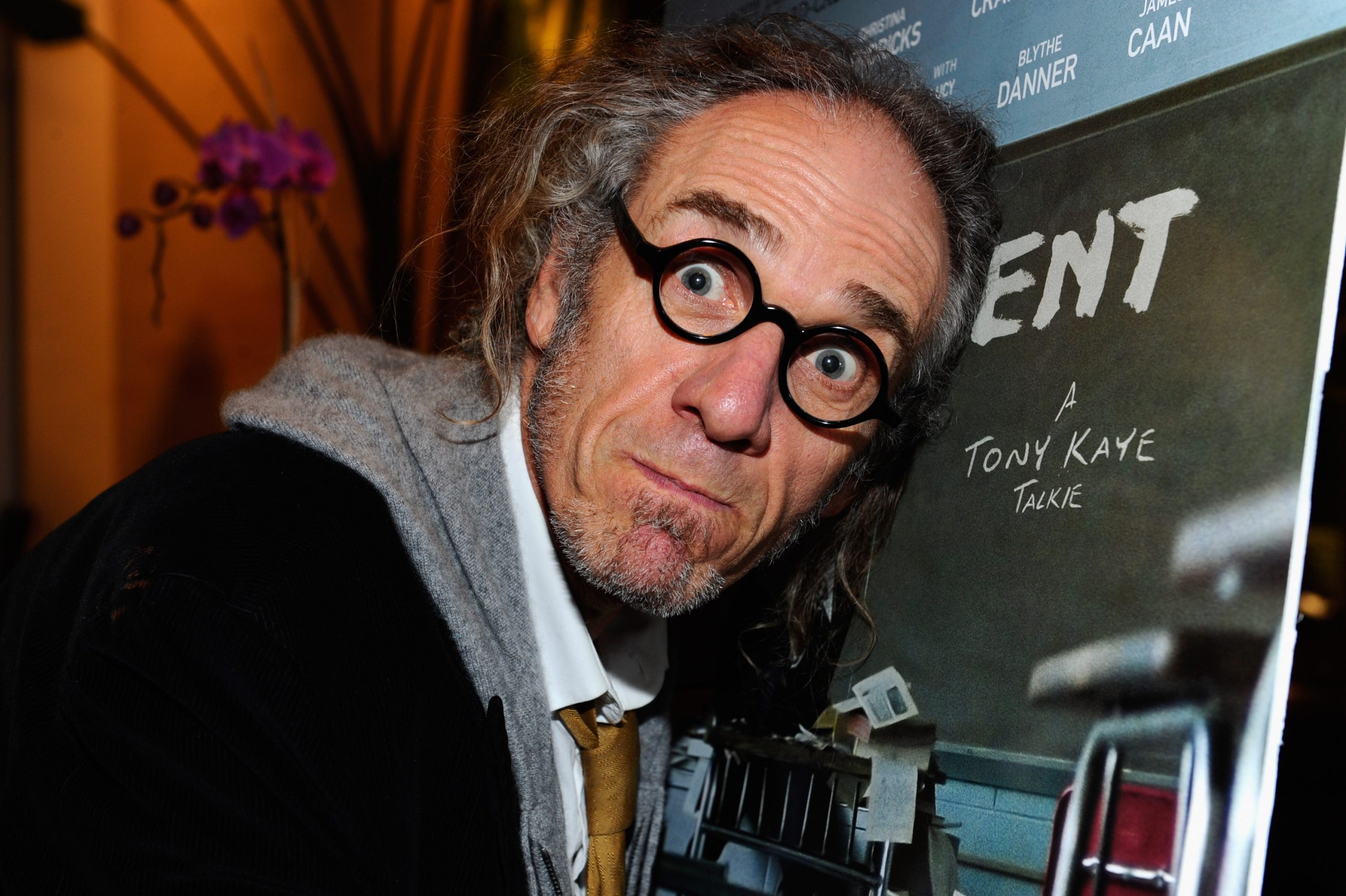
When Kaye’s relationship with studio New Line Cinema soured, the director hired a rabbi, a Catholic priest and Buddhist monk to oversee a meeting with studio president Michael De Luca. Kaye later admitted, “It sounds preposterous now, but I was looking for some help from God – anything that would give me the 10 extra weeks I needed to recut the picture.”
The studio consulted several African-American directors about the depiction of racism
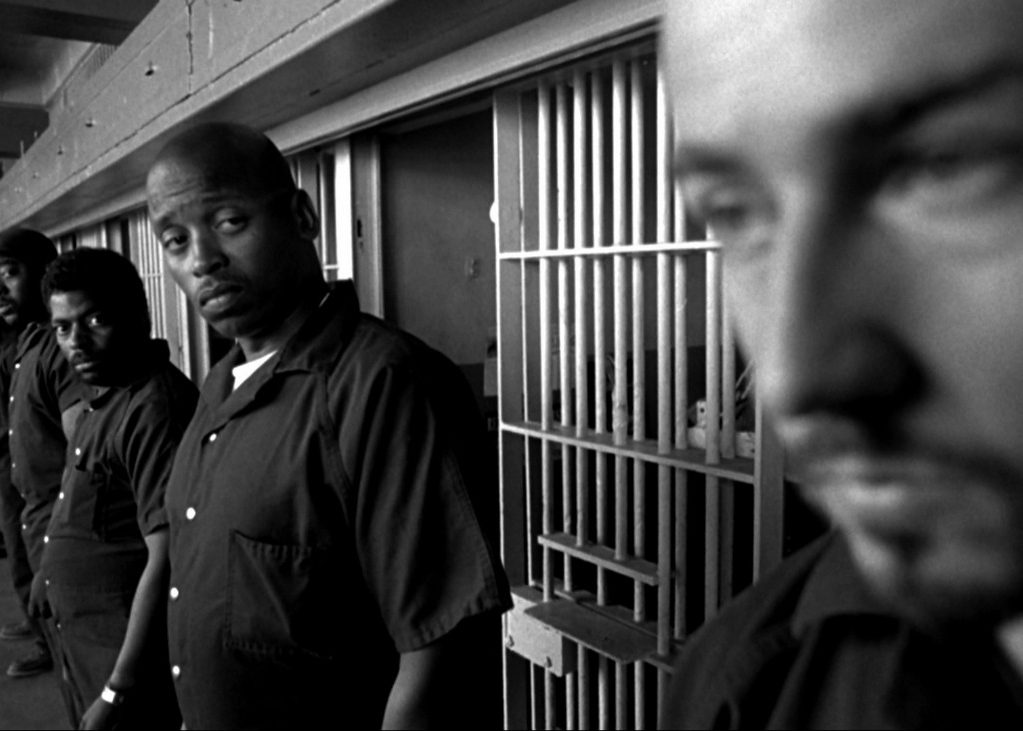
The makers of American History X never lost sight of the fact that they were dealing with extremely sensitive subject matter, and there were concerns that the film might be misinterpreted as an endorsement of racism. With this in mind, New Line Cinema consulted several African-American filmmakers, including Mario Van Peebles (New Jack City) and Rusty Cundieff (Tales from the Hood), for script advice.
Rusty Cundieff worried the film wouldn’t accurately show a black perspective
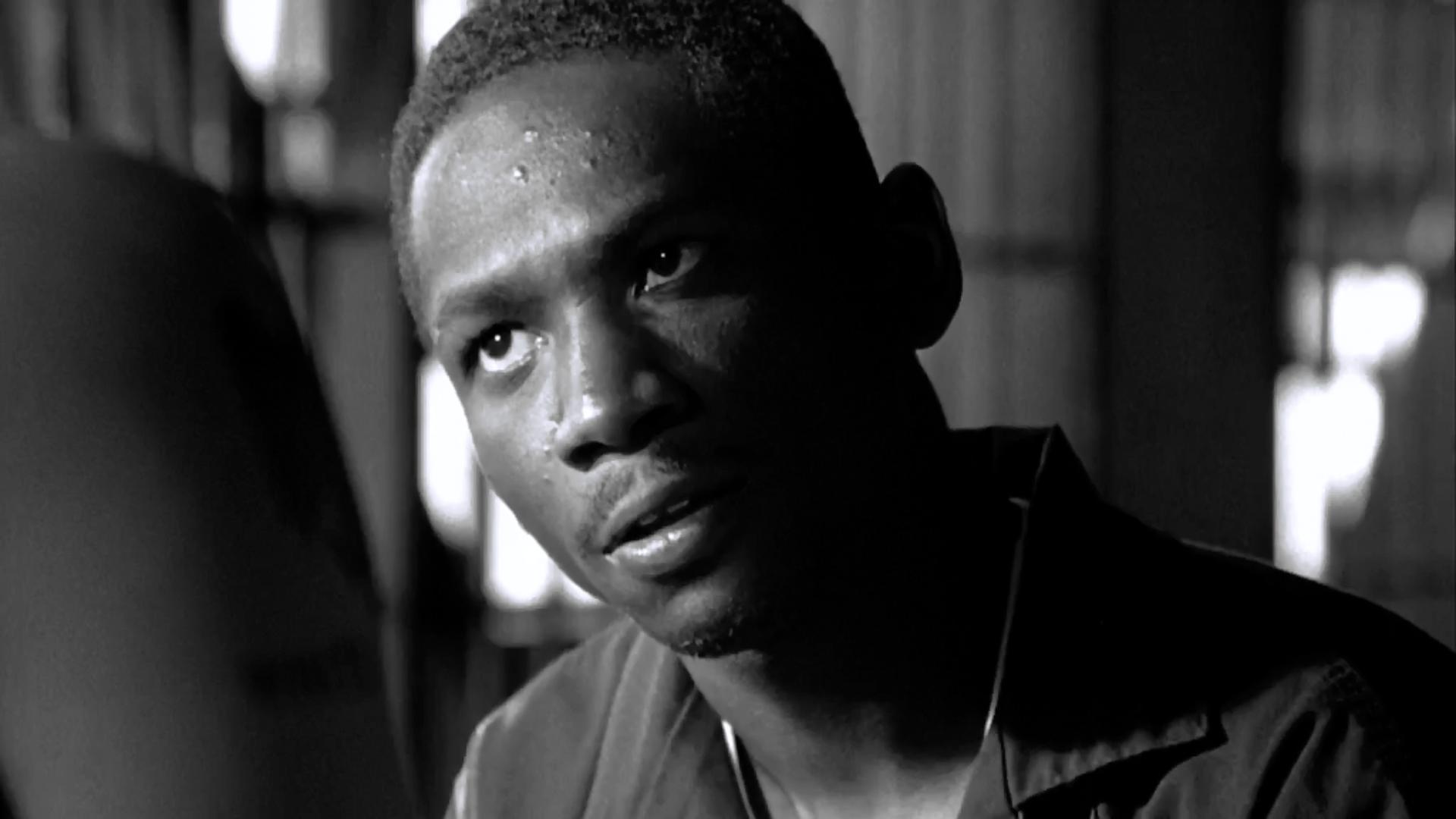
After reading the script, Rusty Cundieff felt “there was a problem. Not being black, the screenwriter may have had trouble stating the black character’s point of view. [David McKenna] created a powerful character [in Derek Vinyard], but when you make the film from the point of view of a character who’s evil, you have to walk a real tightrope or the film could really misfire.”
Tony Kaye employed bizarre ‘military tactics’ to derail the film’s release
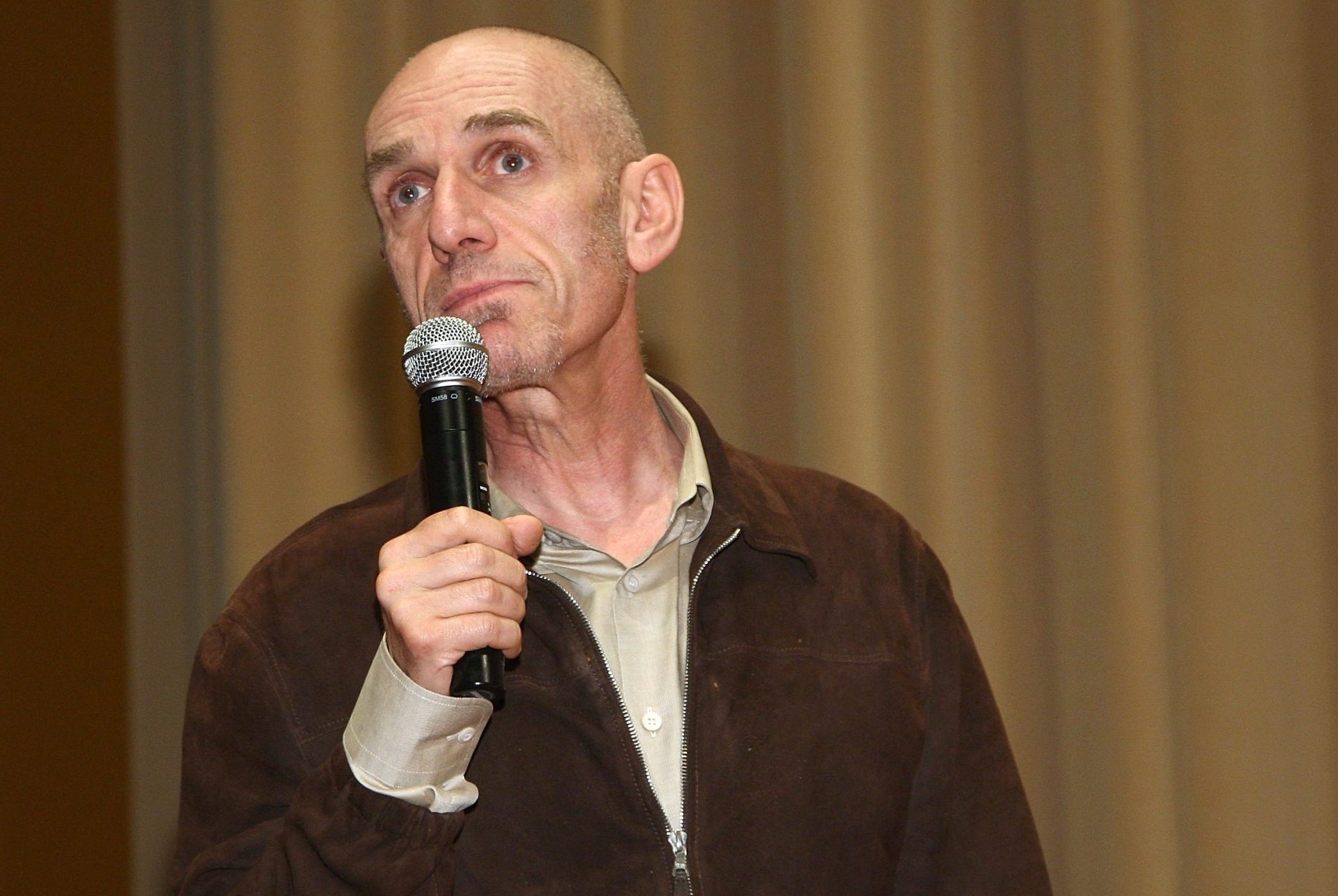
Once it became clear his version of American History X wouldn’t be released, Tony Kaye set out to derail the film’s release. Inspired by the one-page ad that Terry Gilliam put out in protest over the studio’s treatment of his 1985 film Brazil, Kaye paid $100,000 for an unprecedented 40 ads in the Hollywood press denouncing New Line Cinema and American History X.
Kaye’s strange smear campaign seemed to have nothing to do with the film itself
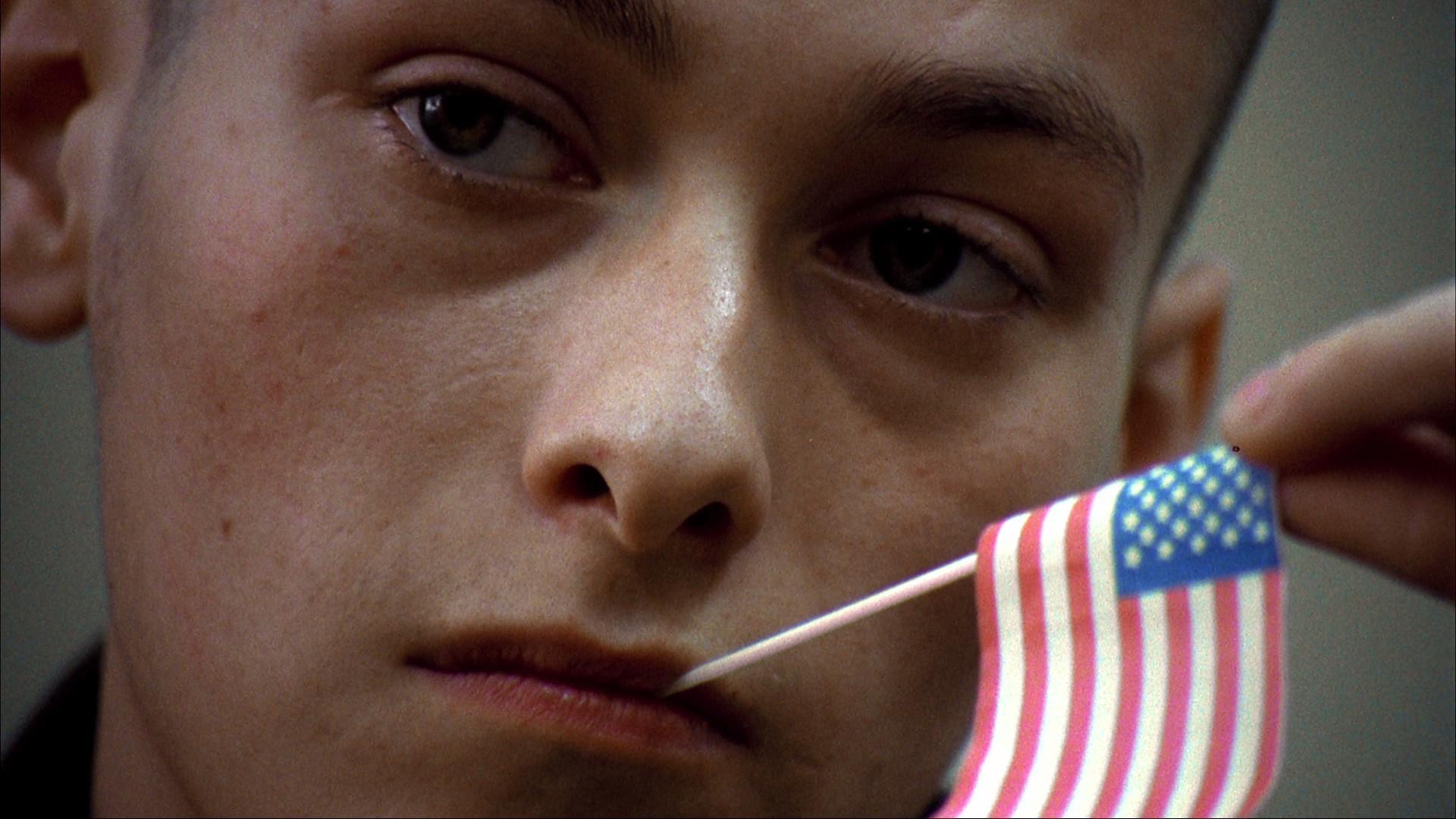
Kaye’s bizarre newspaper ads featured quotes from such figures as John Lennon, Shakespeare and Patanjali (the founder of yoga), most of which seemed to bear no relation to American History X. New Line Cinema would eventually respond with an ad that showcased a deliberately irrelevant quote from Dr. Seuss, demonstrating exactly how seriously the studio – and perhaps, Hollywood at large – took the over-ambitious first-time filmmaker.
Marlon Brando was considered for Stacy Keach’s role
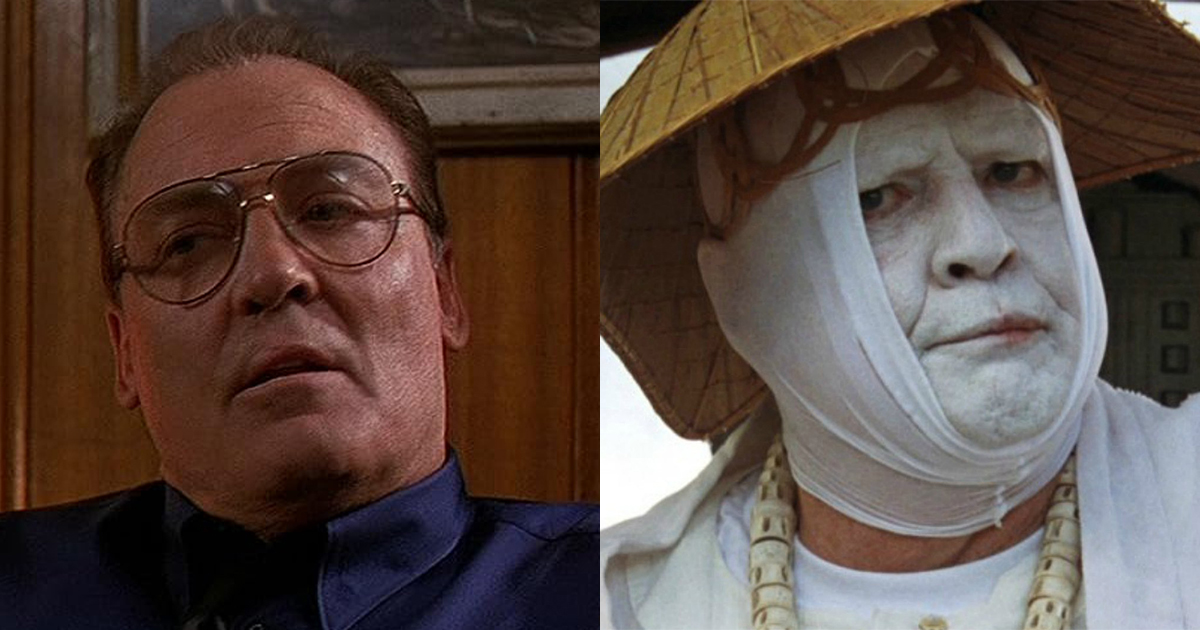
American History X co-stars Stacy Keach as Cameron Alexander, charismatic leader of the white supremacist group. While the seasoned Keach brought no shortage of gravitas to the role, director Tony Kaye and company originally had a true Hollywood heavyweight in mind: Marlon Brando. However, this didn’t happen because Brando was no longer taken seriously in the wake of 1996’s notorious The Island of Doctor Moreau.
Ethan Suplee was confronted by a stranger over his fake tattoo
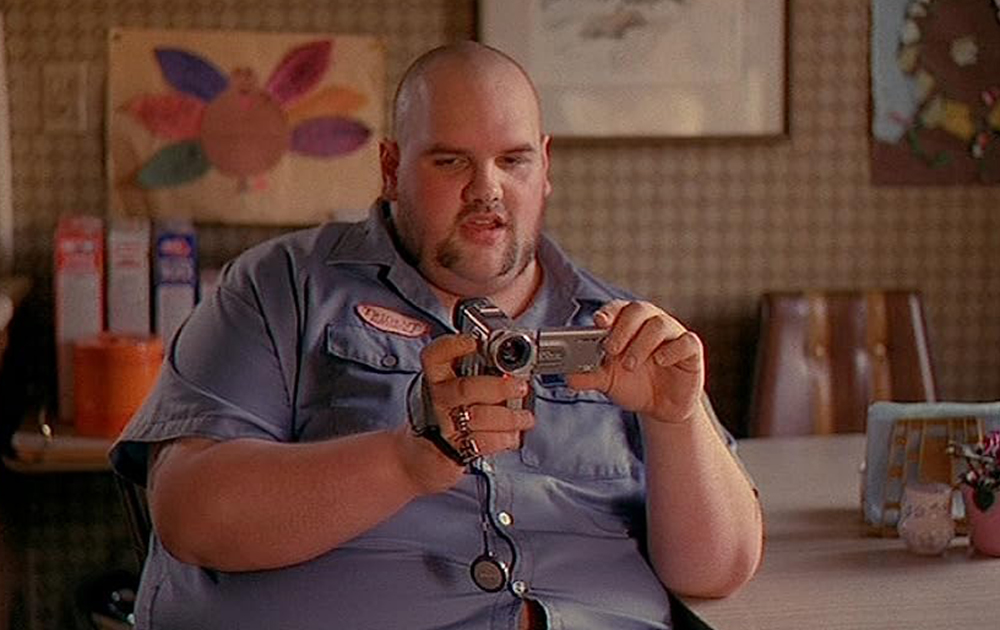
Actor Ethan Suplee co-stars in American History X as violent skinhead Seth Ryan, and admitted finding the hateful role difficult. On one occasion Suplee inadvertently took work home with him, when he forgot to wash off a fake ‘white power’ tattoo and was confronted over it by an angry stranger in a store. Suplee “got the hell out of there” before things got ugly.
There are two Star Trek actors in the movie
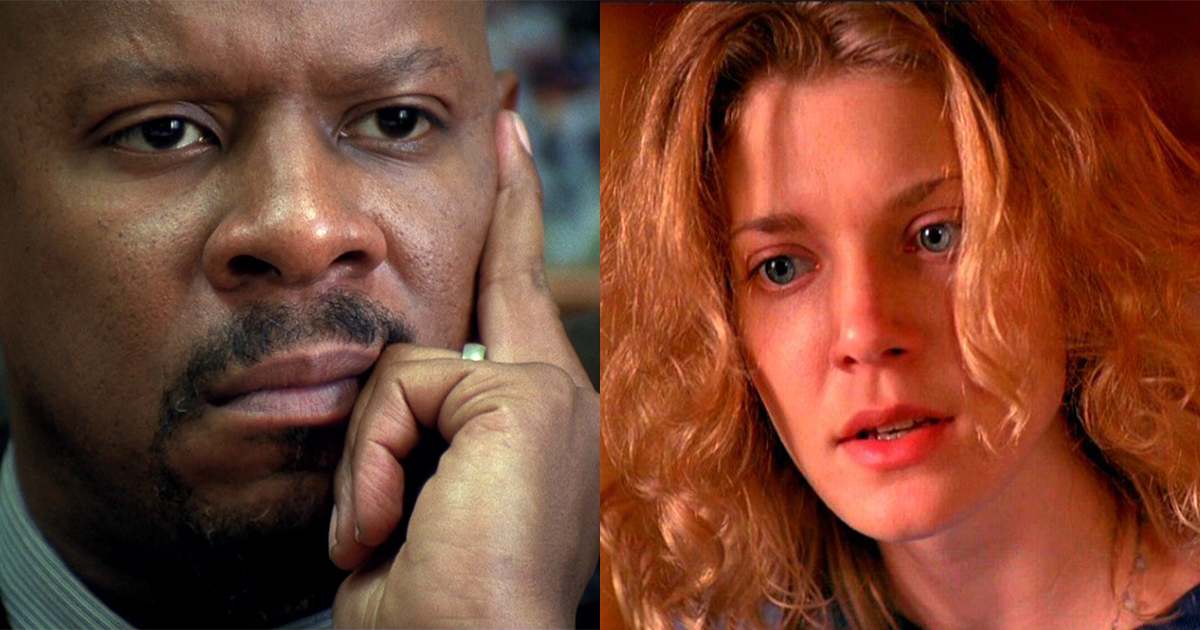
American History X co-stars two actors from TV’s Star Trek franchise. The film’s most prominent African-American character Dr Bob Sweeney is taken by Avery Brooks, best known as Captain Sisko on Star Trek: Deep Space Nine. The film also features Jennifer Lien, aka Kes from Star Trek: Voyager, as Derek and Danny’s sister Davina Vinyard.
Edward Norton was heavily involved in rewriting the script
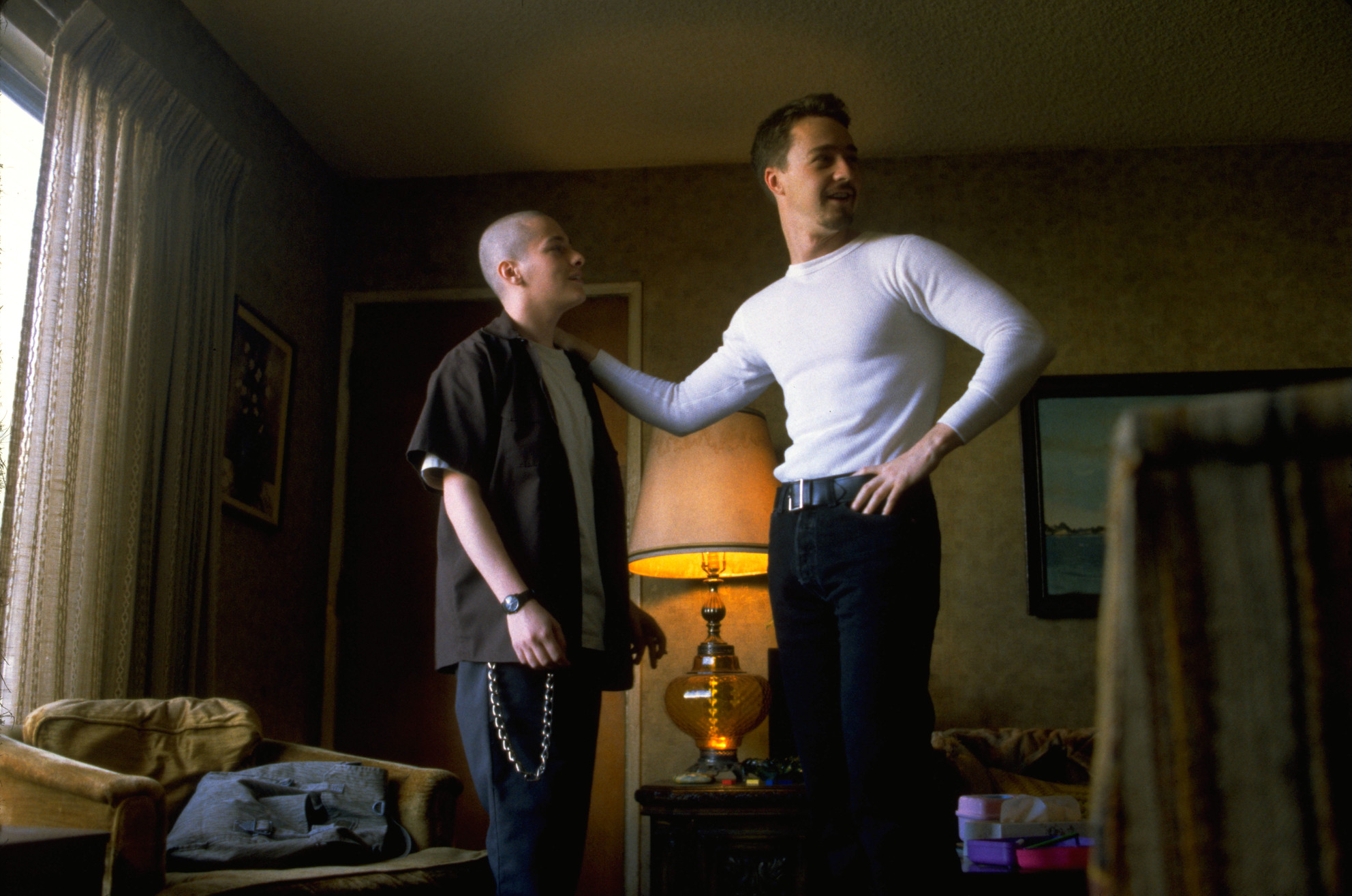
Prior to falling out with Edward Norton, Tony Kaye admits they “had a shared vision of how to improve the script,” and the director felt that in hiring the actor they were “really buying another writer.” Screenwriter David McKenna was open to this collaboration, noting “we probably rewrote 25% of the script, but we always did it together – [Norton] never did anything by himself.”
Norton’s research made Derek a more intellectual character
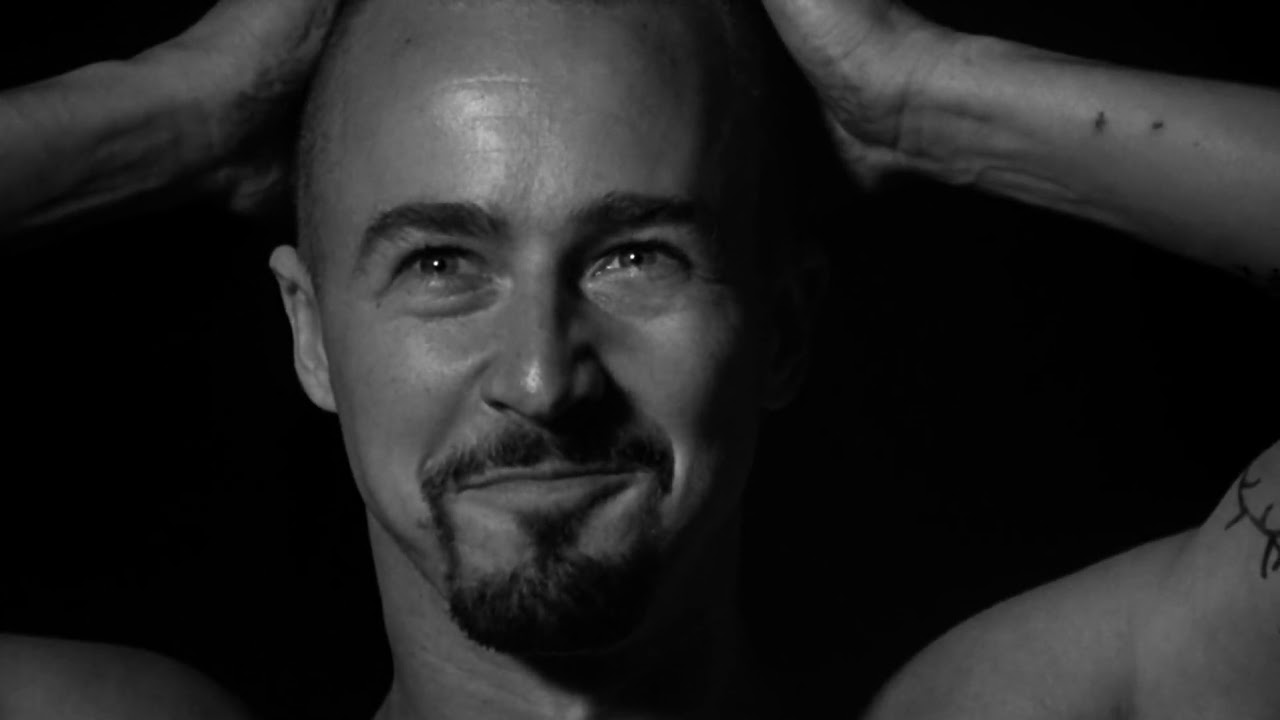
One notable addition to the script that largely came from Norton was the scene in the Korean market. Originally, McKenna simply wrote Derek Vinyard hurling racial abuse at the Koreans to rally up his fellow thugs. However, in cahoots with Norton this was reworked with the character instead spouting statistics about illegal immigration, based on actual facts and figures Norton had found in research.
Edward Furlong found the shoot an uncomfortable experience
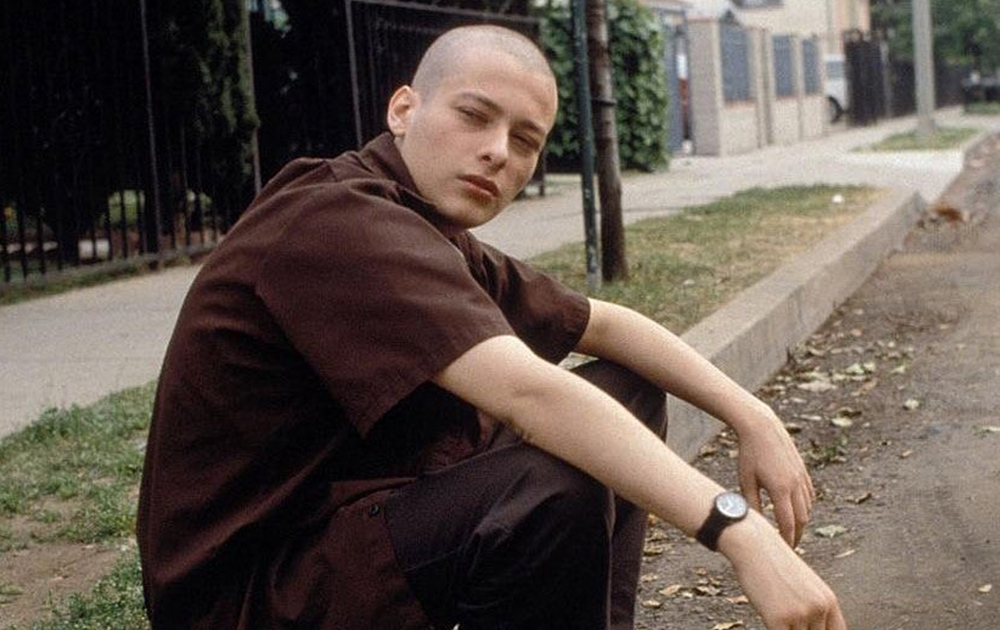
Terminator 2’s Edward Furlong was 21 when he appeared in American History X as Danny, and admitted finding the shoot very uncomfortable, noting it was “pretty intense, having to say this incredibly hateful stuff. After some scenes, Ed and I look at each other and just go, ‘Ugh! What are we doing?’” Furlong’s performance earned him a nomination at the Youth in Film Awards.
Edward Norton turned down Saving Private Ryan to make the movie
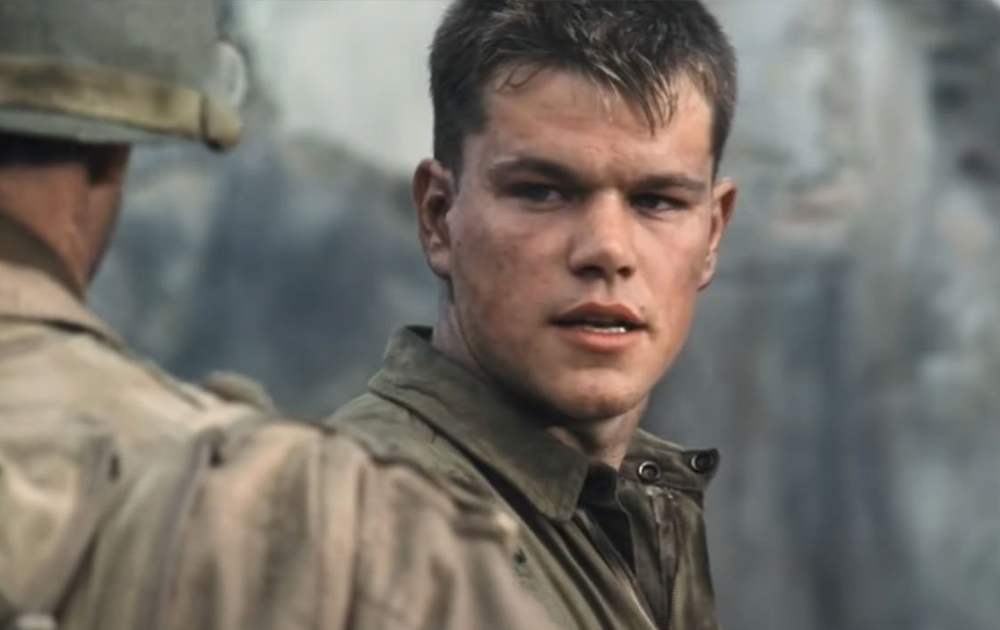
As well as accepting a reduced salary, leading man Edward Norton also turned down a major role in order to make American History X: the pivotal Ryan in Steven Spielberg’s Saving Private Ryan. That key role in Spielberg’s epic World War II drama was filled instead by Matt Damon, who Norton had worked with a year earlier on poker drama Rounders.
Dennis Hopper turned down the opportunity to direct it
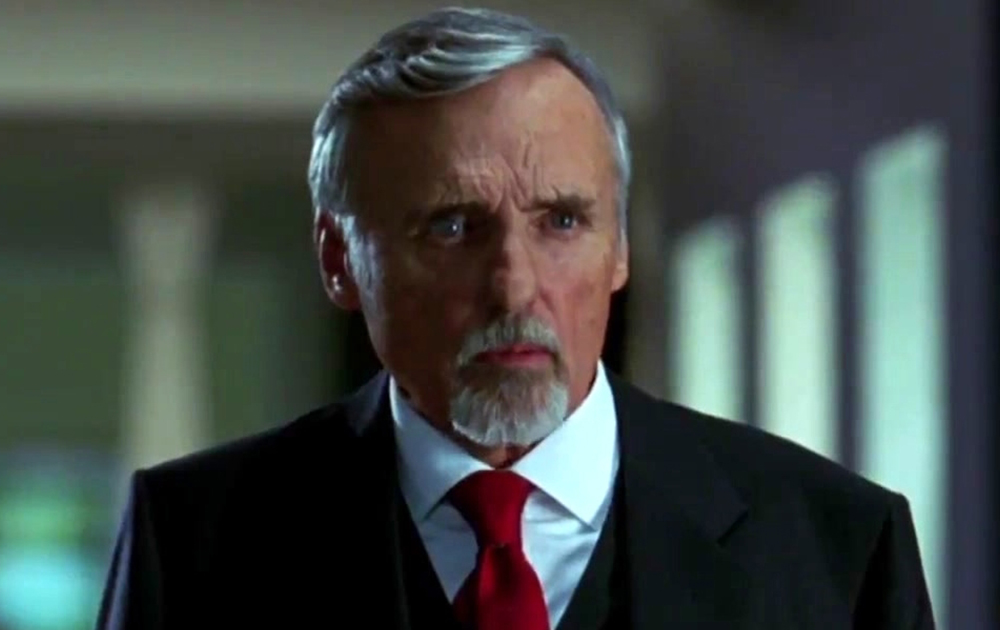
Before the director’s chair on American History X was given to Tony Kaye, the first person offered the job was Dennis Hopper. Though best known today for his intense acting roles in Blue Velvet and Speed, Hopper was also a director of note, most famously making landmark 1969 film Easy Rider. However, Hopper declined American History X when his requested $1 million fee was refused.
Tony Kaye is planning a semi-sequel starring Djimon Hounsou

It was announced in September 2020 that actor Djimon Hounsou had signed up to appear in a new Tony Kaye movie entitled African History Y. While the producers of American History X are not involved, the title clearly implies some kind of link between the films. However, since this initial announcement there has been no further news on the project.
It was inspired by the real-life story of a reformed white supremacist

American History X screenwriter David McKenna modelled Derek Vinyard in part on Frank Meeink, a real ex-skinhead gang member from Philadelphia who did time for kidnapping and assault, but gradually came to see the error of his ways after befriending some black inmates. On leaving prison, Meeink did not return to his former lifestyle and made efforts to steer young people away from it.
Fairuza Balk has an anti-Nazi tattoo in real life
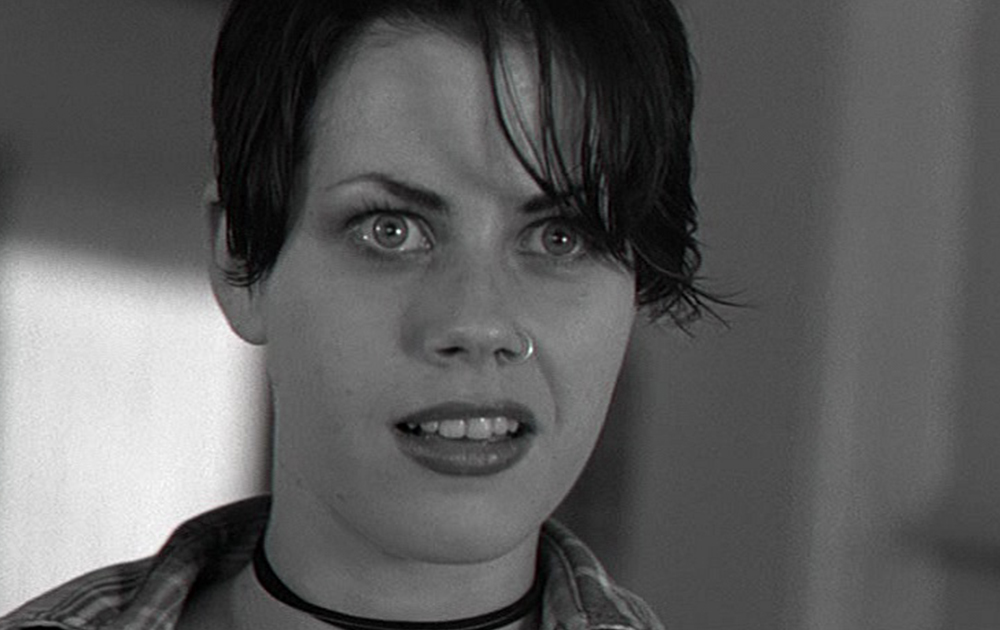
Fairuza Balk (Return to Oz, The Craft) plays Derek’s girlfriend Stacey, another vehement racist. Balk herself is very different, not least because the actress has Romany heritage. She wears several fake white power tattoos in the film, but has one real anti-Nazi tattoo on her shoulder: a blue triangle with a black border. This was the symbol put on Romany prisoners in concentration camps.
The original, bleaker ending suggested Derek would return to his hateful ways
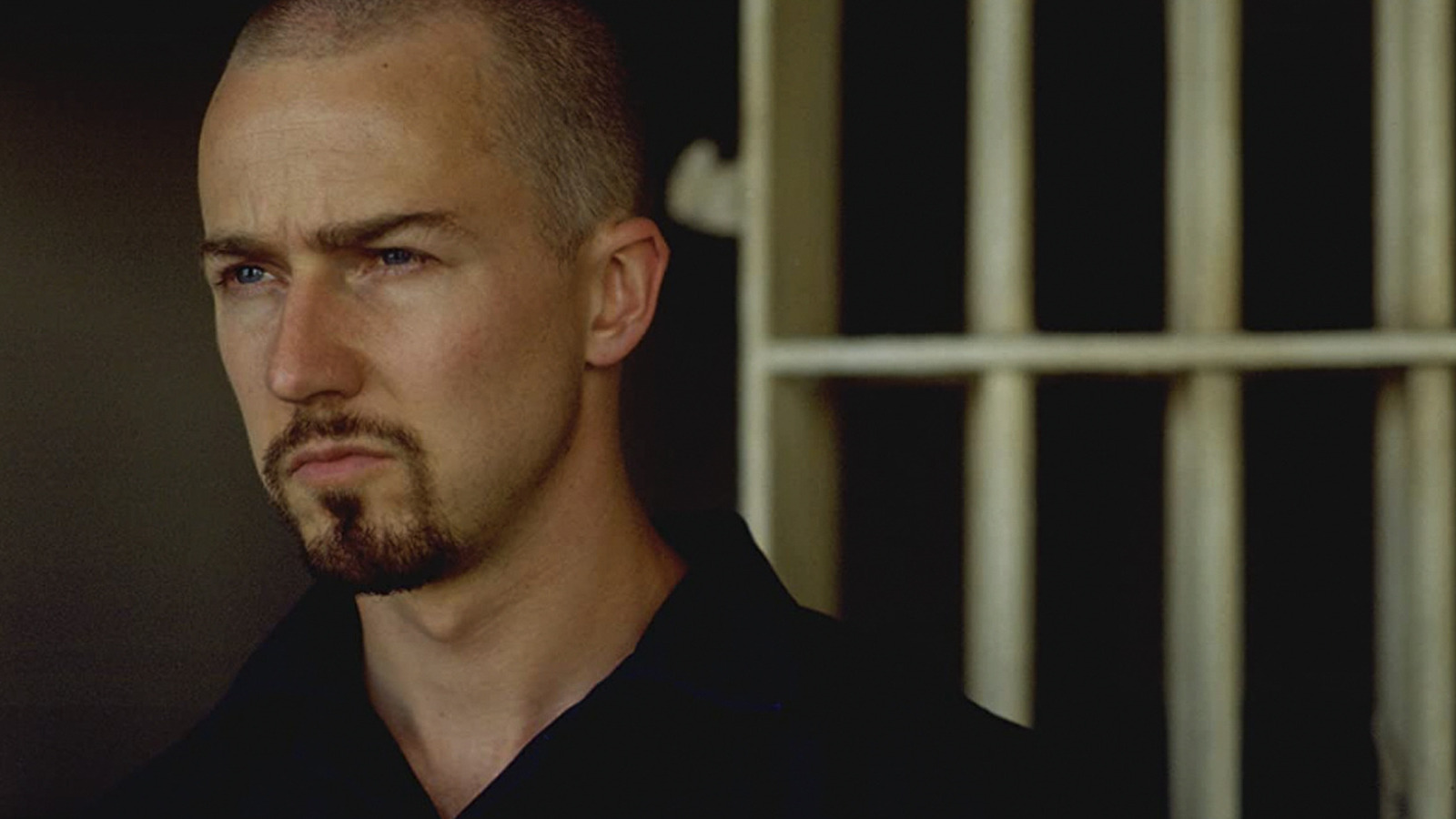
One of the key differences between the Kaye and Norton cuts of American History X was the ending. While both films end with (spoiler warning) the death of Edward Furlong’s Danny, Kaye’s original cut showed Norton’s Derek re-shaving his head, implying he’s returning to neo-Nazism. Norton left this out as he didn’t like the implication that a hateful person cannot be successfully reformed.
Director Tony Kaye wanted to take his name off the film and use ‘Humpty Dumpty’ as a pseudonym
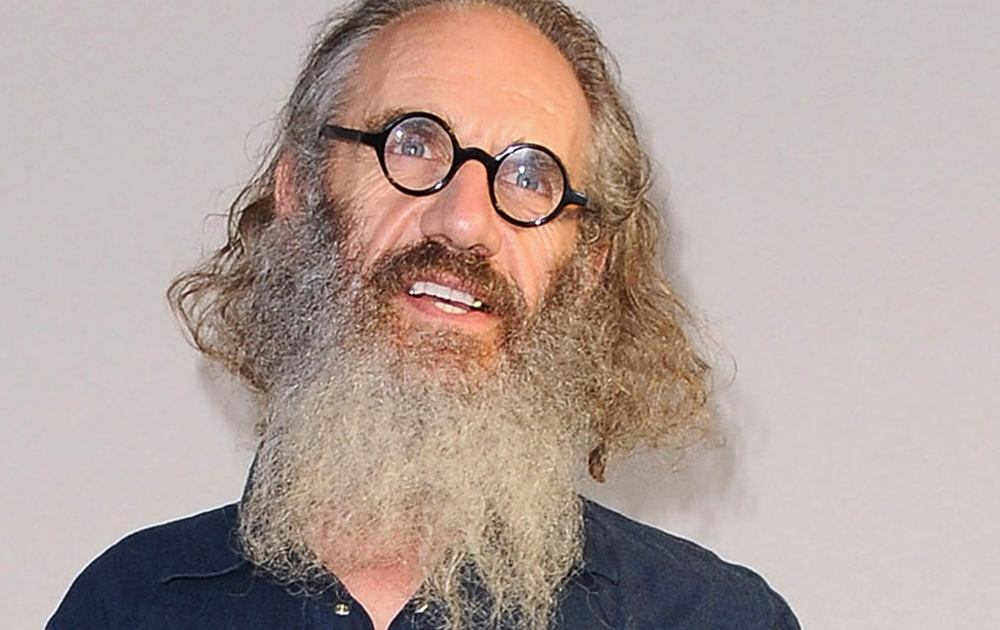
Denied final cut, director Tony Kaye requested his name be taken off the movie. Historically, this used to lead to films being credited as ‘directed by Alan Smithee,’ but Kaye instead suggested various other fake names – including Humpty Dumpty. The Director’s Guild of America would not allow this, informing Kaye “that my public complaints about the movie had precluded that course of action.”
Edward Furlong is actually part Mexican
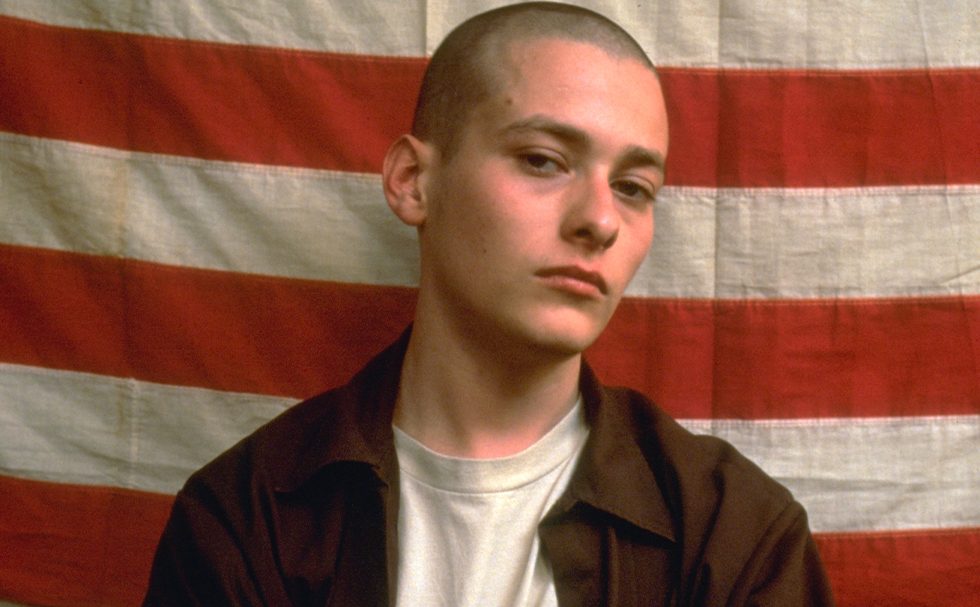
American History X casts Edward Furlong as a young white man who, inspired by his brother, embraces racist ideology. In reality, however, Furlong is mixed race. The actor has been quoted as saying he is “half Mexican, part Russian, and just American.” His mother is of Mexican descent, whilst his father (who Furlong never knew) is thought to have Russian heritage.
It was a big success with critics
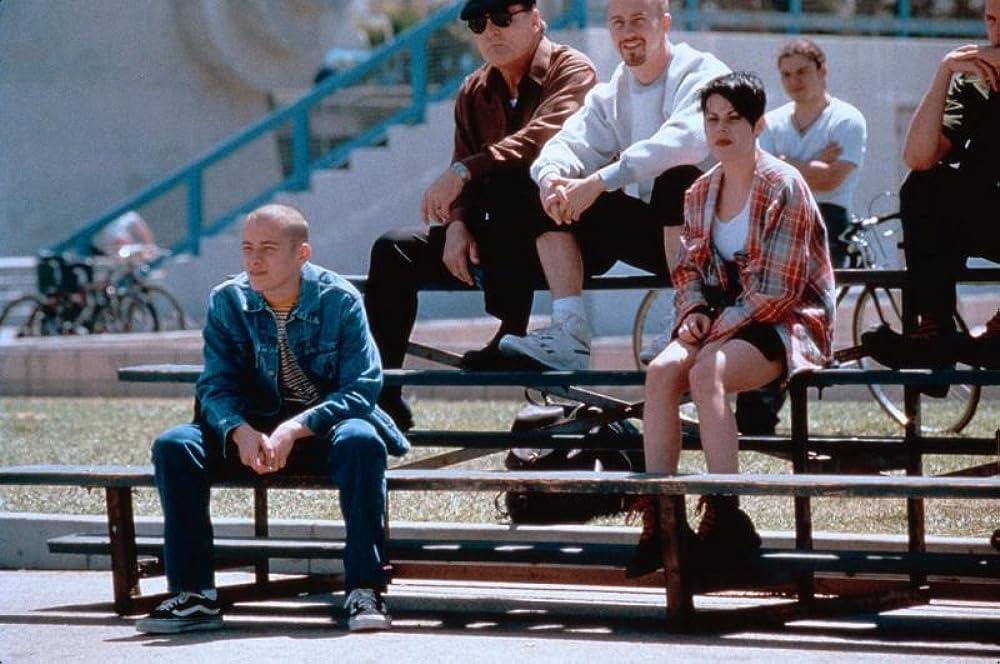
Despite the furor that surrounded American History X’s release, critics were overall kind to the film. Gene Siskel called the film “a shockingly powerful screed against racism that… is entertaining as well.” Norton’s performance was immediately highlighted as a key strength, with Todd McCarthy of Variety saying the actor “mesmerizes even as he repels.”
Edward Norton’s performance landed him his second Oscar nomination
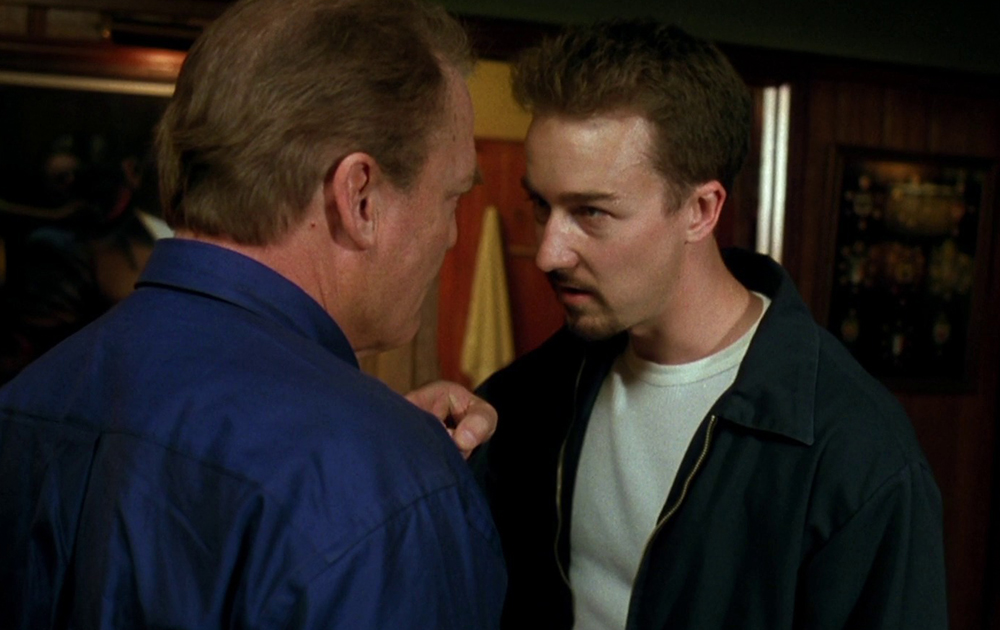
Edward Norton earned a Best Actor Oscar nomination for his performance in American History X. This was the second time the Academy had recognized Norton’s efforts, following his Best Supporting Actor nomination for Primal Fear. In the years since Norton has clocked up a third Oscar nomination, again in the Best Supporting Actor category, for 2014’s Birdman. However, on all three occasions he missed out.
The film is used to raise awareness of human rights issues

American History X is still screened to help raise awareness on human rights and equality. It played in colleges across the US in 1999 as part of an Amnesty International educational campaign. Another such screening in 2007 at a YWCA in Wilmington, North Carolina was even attended by Tony Kaye himself, and marked the first time the director watched the released cut in its entirety.
Edward Norton was cast without Tony Kaye’s permission
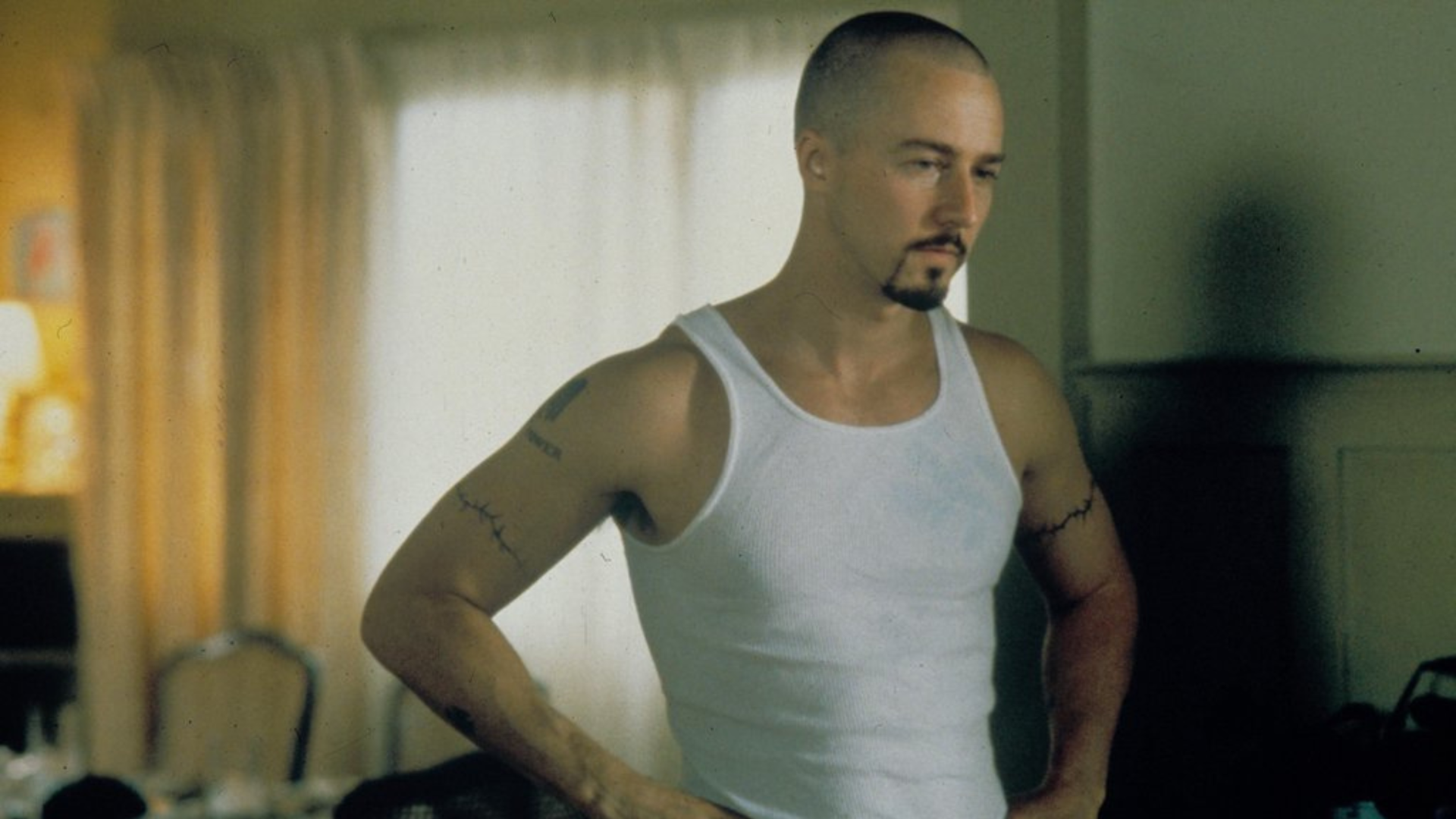
After Joaquin Phoenix turned down the chance to star in the movie, Edward Norton was drafted in without hesitation to fill the role. This was without director Tony Kaye’s permission, but after he failed to find another actor to play the part, he agreed to let Norton keep the role. Norton’s performance was widely praised by critics.
Edward Norton put on 30lbs of muscle for the role
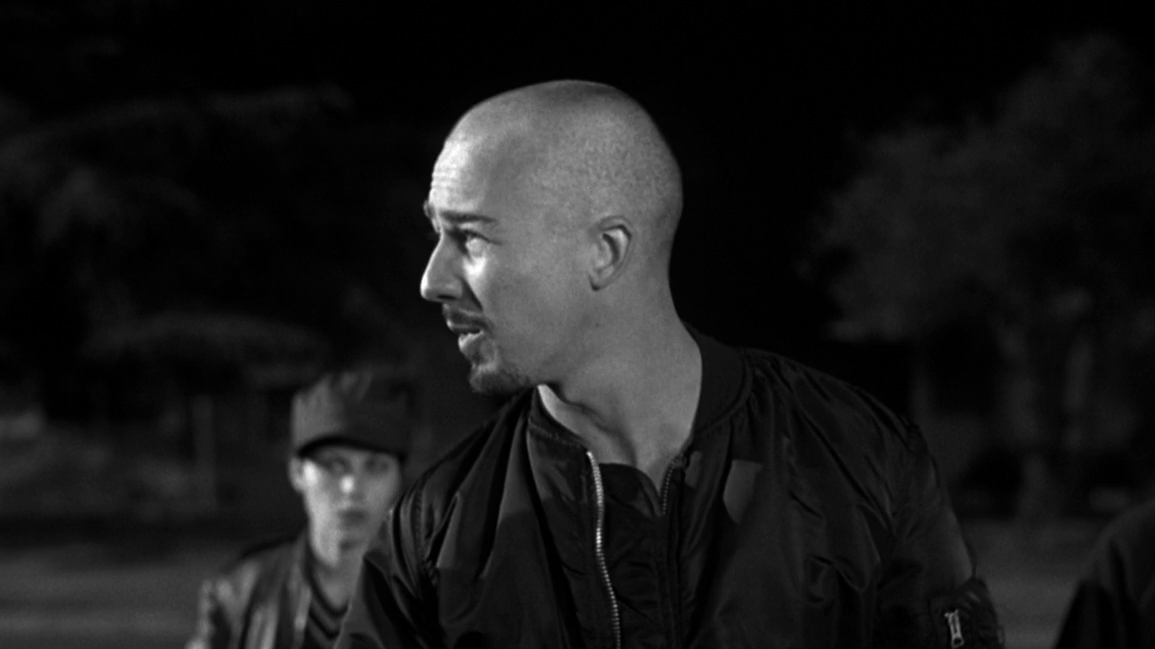
Edward Norton took his role in American History X very seriously, bulking up and shaving his head in the process. He put on 30lbs of lean muscle to help him look more like the white supremacists he had seen while doing his research. The decision to put everything he had into the role paid off, as he was nominated for an Oscar for Best Actor.
The diner in the movie is a regular Hollywood filming location

If you thought the diner in American History X looked familiar, you’re correct. It was used in two classic movies: 1998’s The Big Lebowski and 1992’s Reservoir Dogs. Johnie’s Coffee Shop is no longer open as a functioning diner, but is still used as a filming location for movies and short films. having closed its doors for the last time back in 2000.
Tony Kaye was originally known for directing music videos

Before making his directorial movie debut with American History X, Tony Kaye was better known for directing music videos for some of the world’s most famous artists. He had directed the video for Dani California by Red Hot Chili Peppers, as well as the video for God’s Gonna Cut You Down by country music legend Johnny Cash.
Hardcore punk band members were used as extras

The hardcore punk scene prides itself on its inclusivity, detracting itself fully from the racist factions of the skinhead movements, despite the fact these skinheads have taken inspiration from punk fashion. The movie featured a lot of extras from various different Orange County hardcore punk bands.
Cameron Alexander is based on a real white supremacist leader
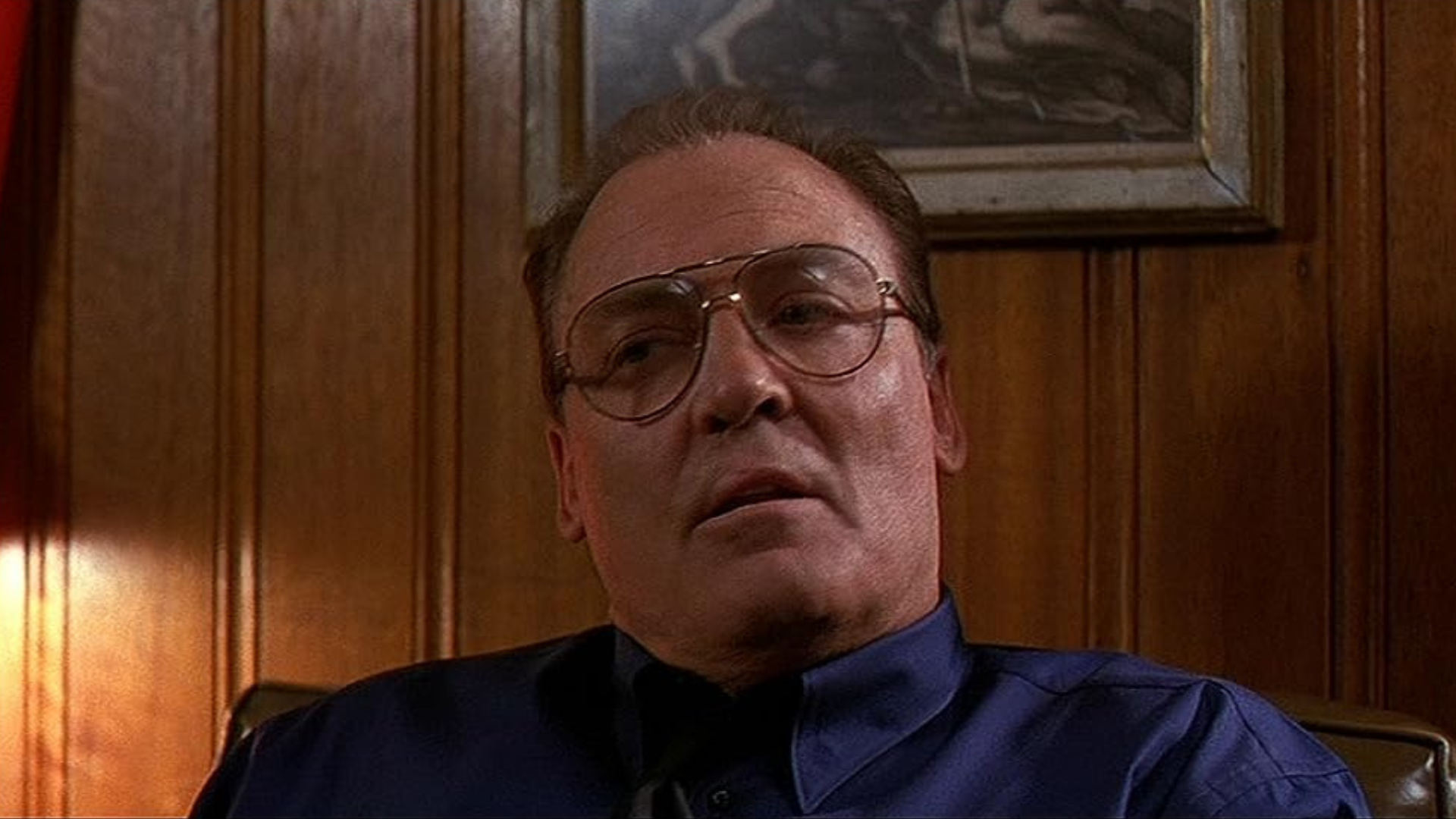
The character Cameron Alexander is based on the real-life leader of the racist group White Aryan Resistance, Tom Metzger. The group was founded in 1983 and gained notoriety for its harassment of minorities, and tendencies to use violence. Unfortunately, the group has continued to exist even after Metzger’s death in 2020.
Punk band Anti-Heroes sued the studios for the use of their logo in the movie

The band Anti-Heroes sued New Line Cinema after a tattoo depicting their logo was spotted on one of the white supremacists in the movie. They stated that they didn’t want anything to do with Neo-Nazis, even if they were fictional. Following the lawsuit, the tattoo was edited out of any future releases of the movie.
Edward Norton and Guy Torry improvised a lot of their dialogue
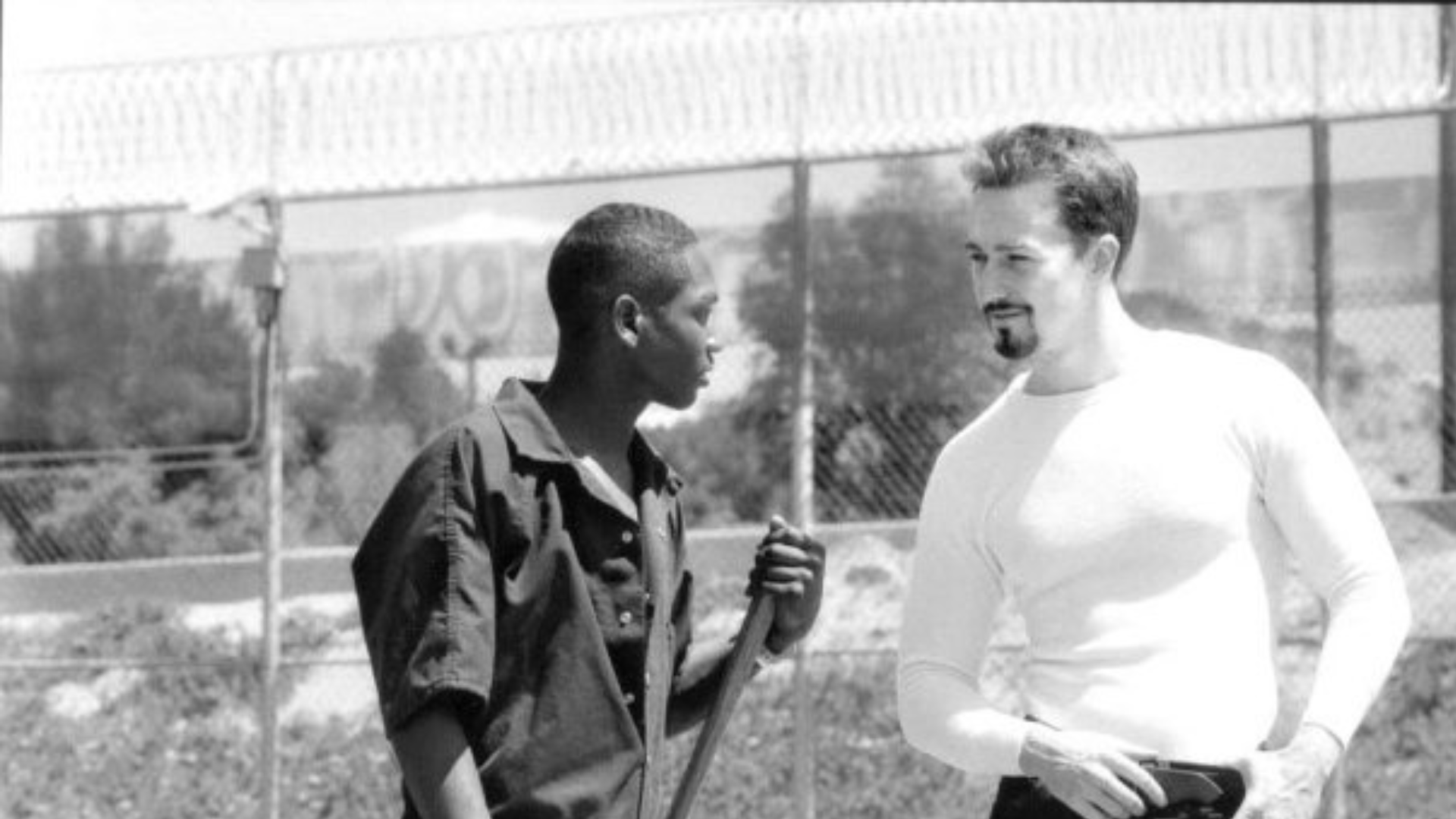
Edward Norton and Guy Torry have great on-screen chemistry and end up improvising most of their lines when they are in the same scenes. At one point they even have a debate about basketball, as they both support different teams in real life. Their improvisation was encouraged by the directors, with much of it remaining in the final edit.
The symbolism on Seth’s jacket shows he is a leader
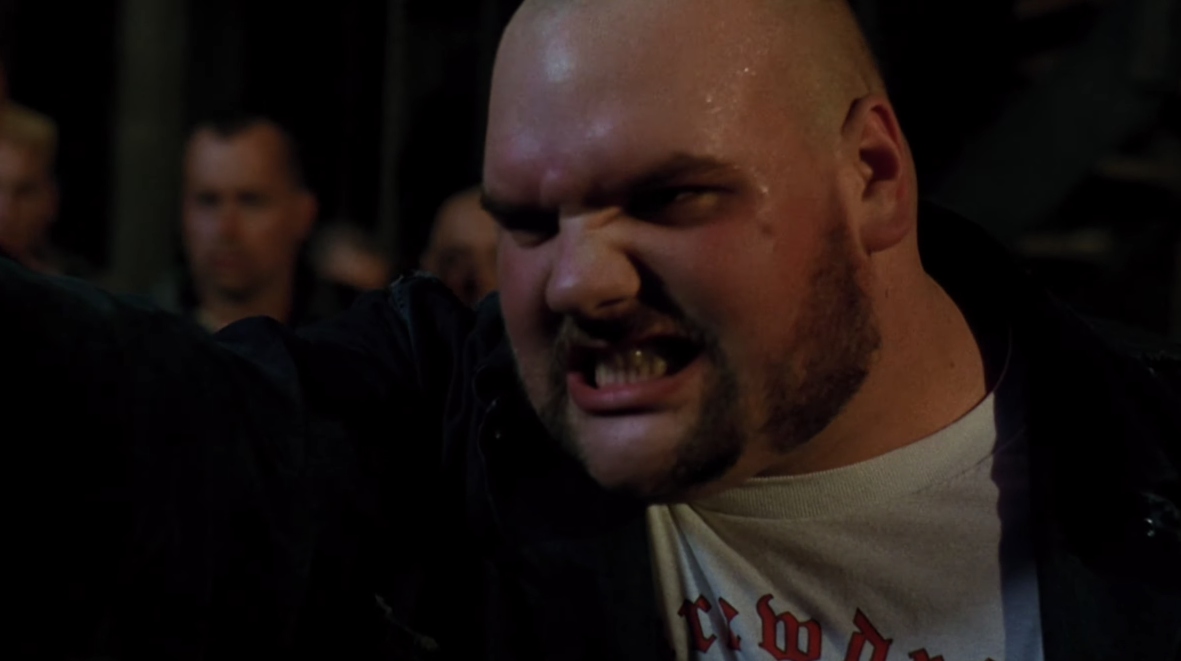
In the dark underworld of Neo-Nazism, bearing an anti-clockwise swastika symbol means that you are a leader, not a follower. This can be seen on the back of Seth Ryan’s jacket during the party scene in American History X. This gives him more authority among the other followers of white supremacist ideology.
All but one of the Vinyard family share the same initials
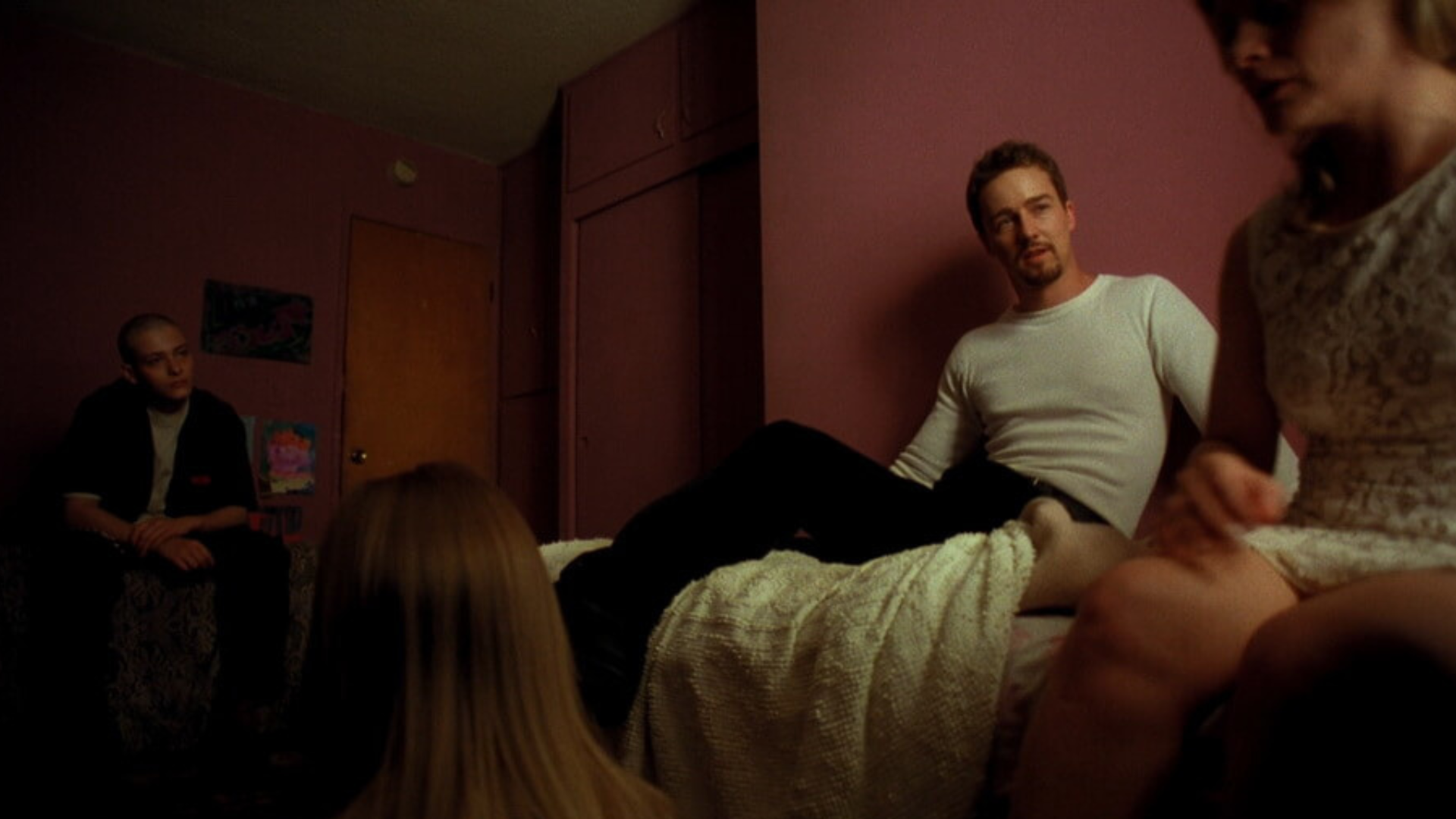
American History X follows the Vinyard family very closely, with Edward Norton’s Derek Vinyard being the movie’s main character. Eagle-eyed viewers may have noticed that everyone in the Vinyard family has the initials DV, apart from the youngest member Ally.
Seth’s basketball shirt also has a reference to his beliefs
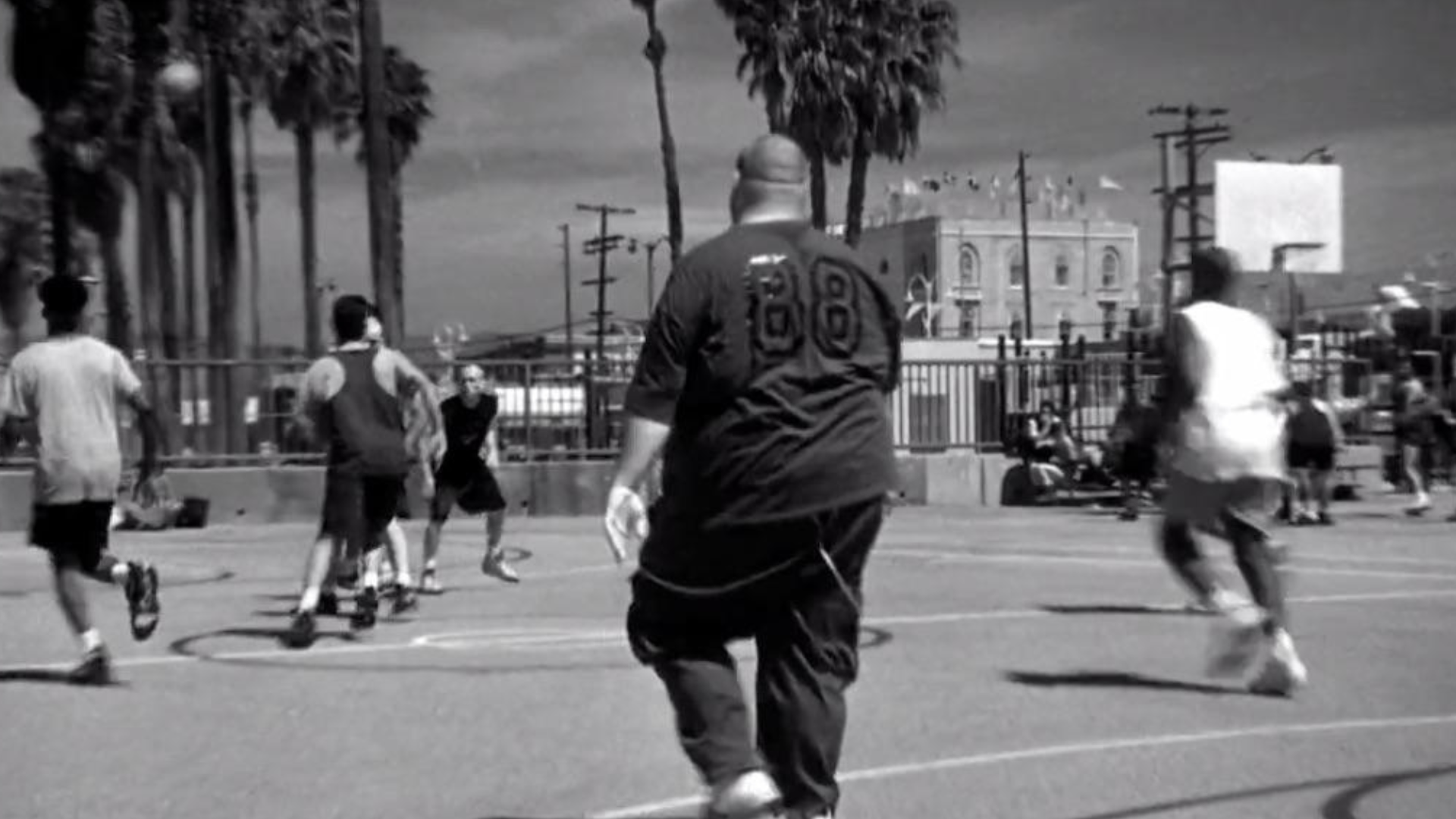
As well as the anti-clockwise symbol on his jacket, Seth also wears a basketball jersey with the number 88 on the back. The number 88 is the neo-Nazi code for the letters HH, as H is the eighth letter of the alphabet. HH is an acronym for a common saying in 1930s Germany, which modern-day white supremacists have taken as their own.
The filmmakers used color to depict Derek’s mental state
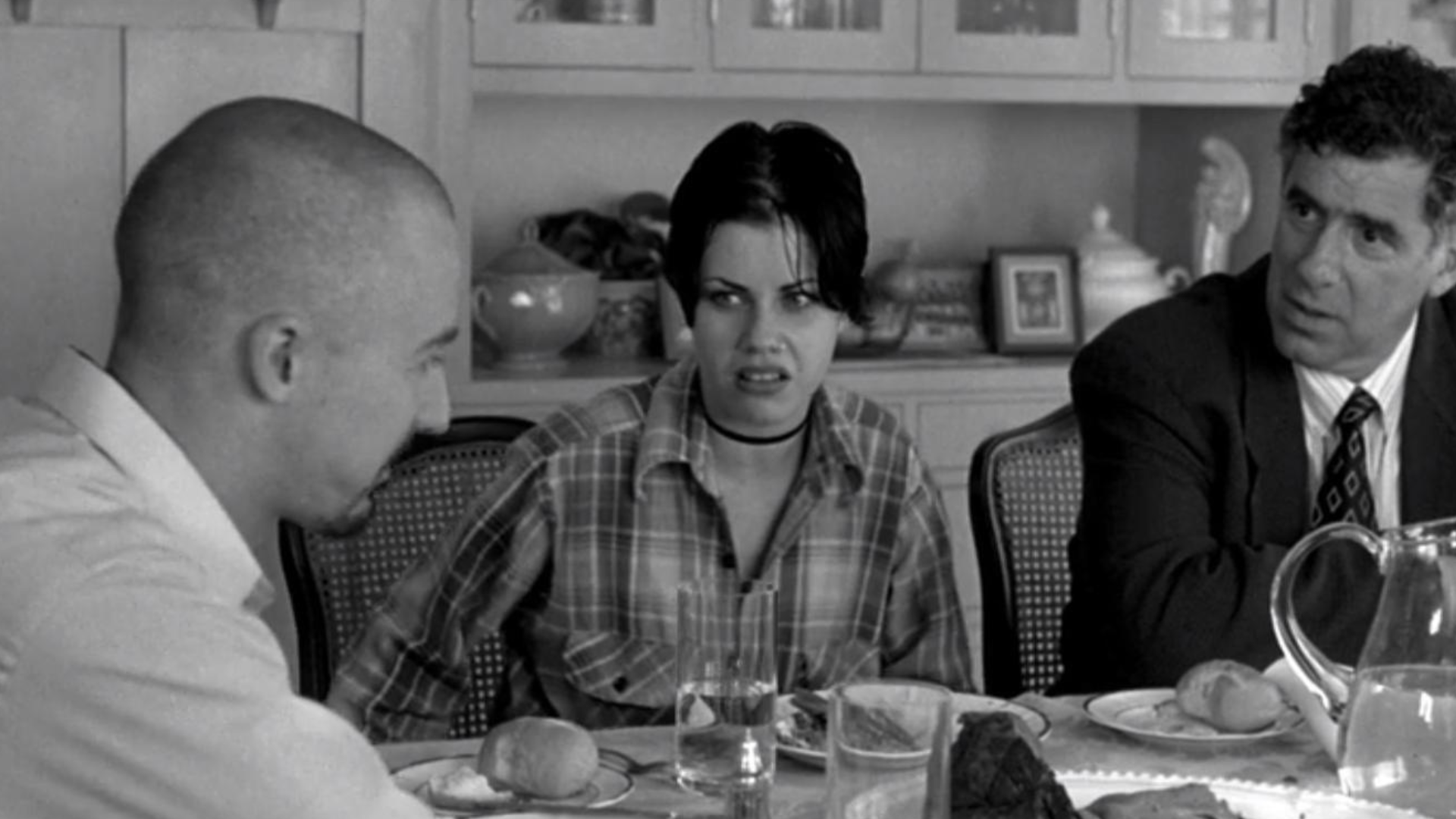
American History X is a movie that uses a mix of both full-color scenes and black-and-white scenes. The black-and-white scenes are used during the time that Edward Norton’s character Derek is fully immersed in his white supremacist views, whereas the full-color scenes are used after he has rehabilitated and changed as a person.
The movie only just broke even at the box office
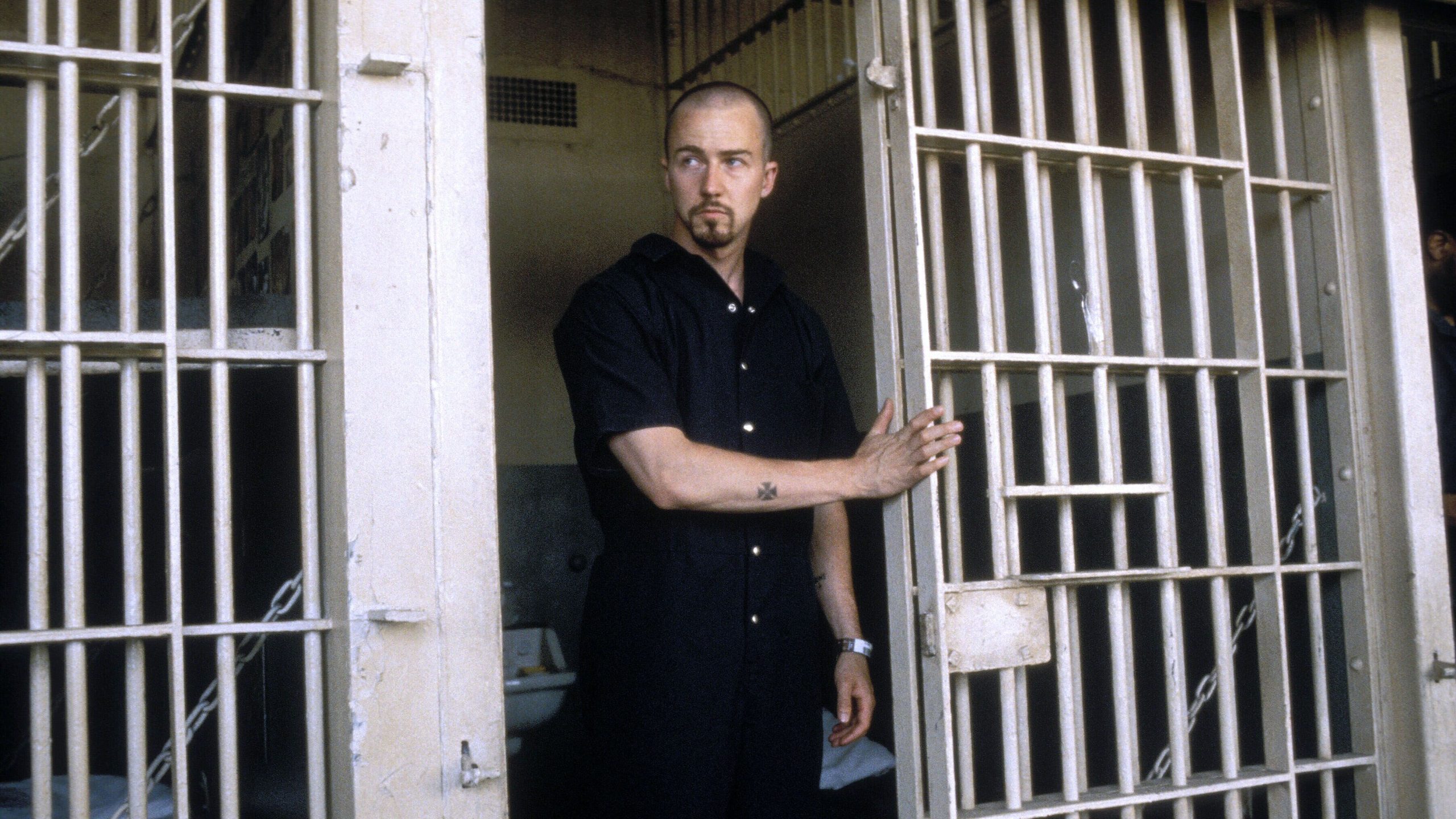
Despite its positive critical reception, its status as an important cultural art piece, and the fact that lead actor Edward Norton received Oscar nominations for his acting work, American History X only just broke even at the box office. It had a budget of $20 million and only managed to earn $23 million at the box office, not helped by Tony Kaye’s attempt to derail the release.
Danny Vinyard was showing signs of improvement before his death
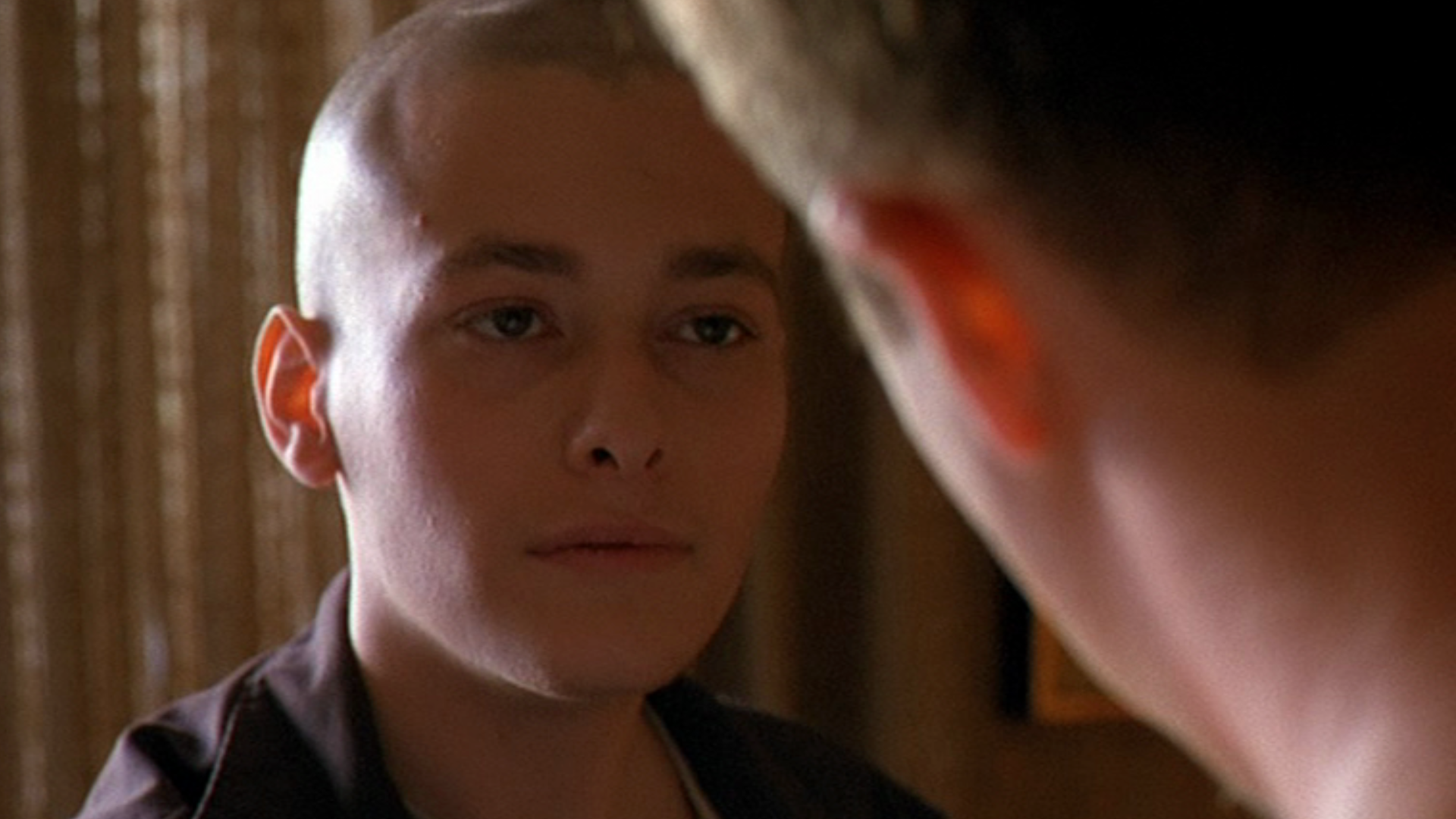
After his release from prison, Derek’s main aim is to prevent his brother Danny from going down the same hate-fuelled path that he did. Danny’s term paper suggests that he is making academic and personal improvements before he is murdered in the school toilets at the end of the movie.
American History X is regarded as one of the great movies by critics
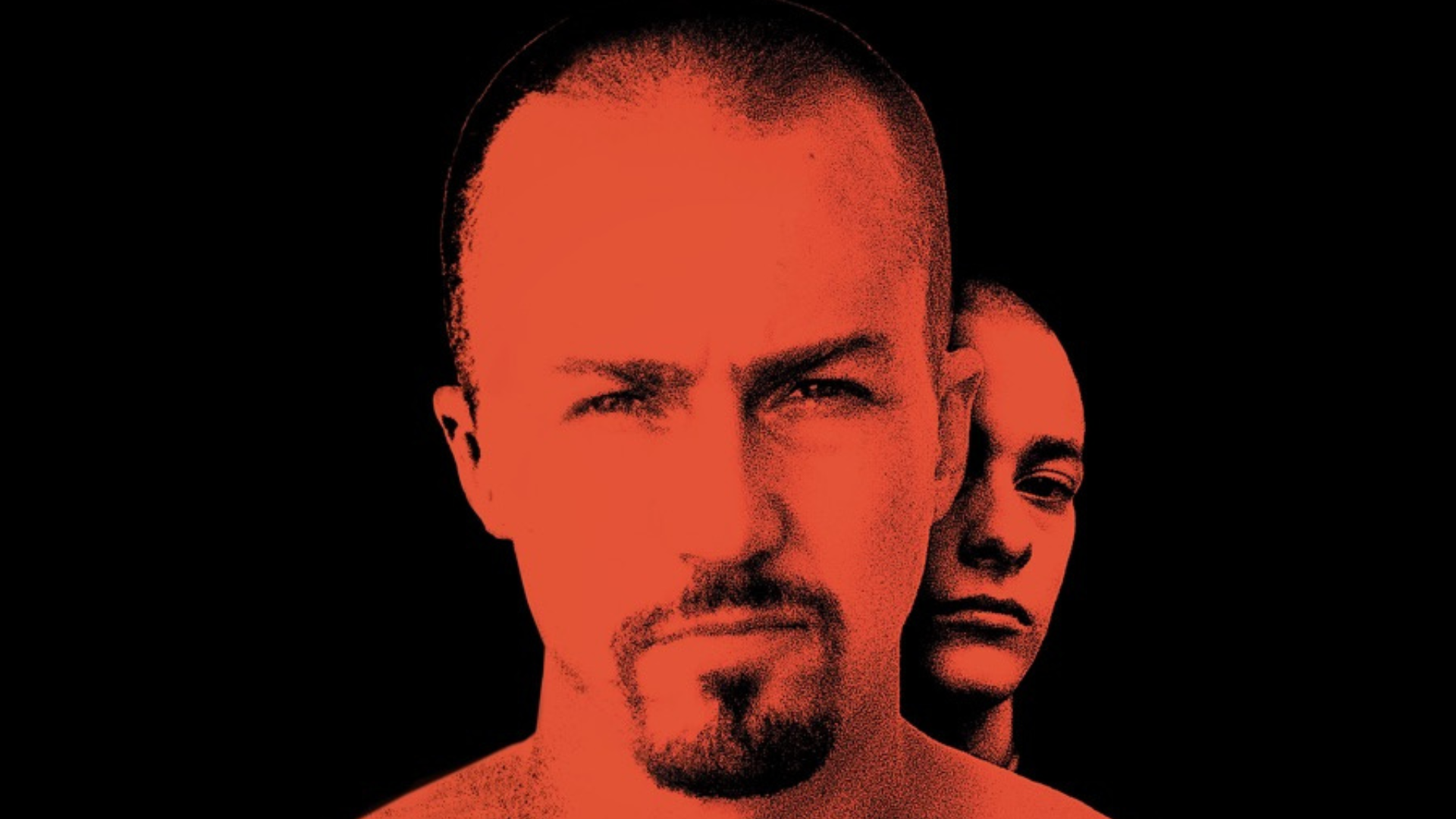
While American History X may not have brought in huge numbers at the box office, it has left behind an enduring legacy as a great piece of cinema. So much so that Empire magazine ranked it as the 311th-best movie of all time, putting it ahead of films such as Trainspotting, Titanic, and The Truman Show.
Critics believed Edward Norton deserved an Oscar for his performance
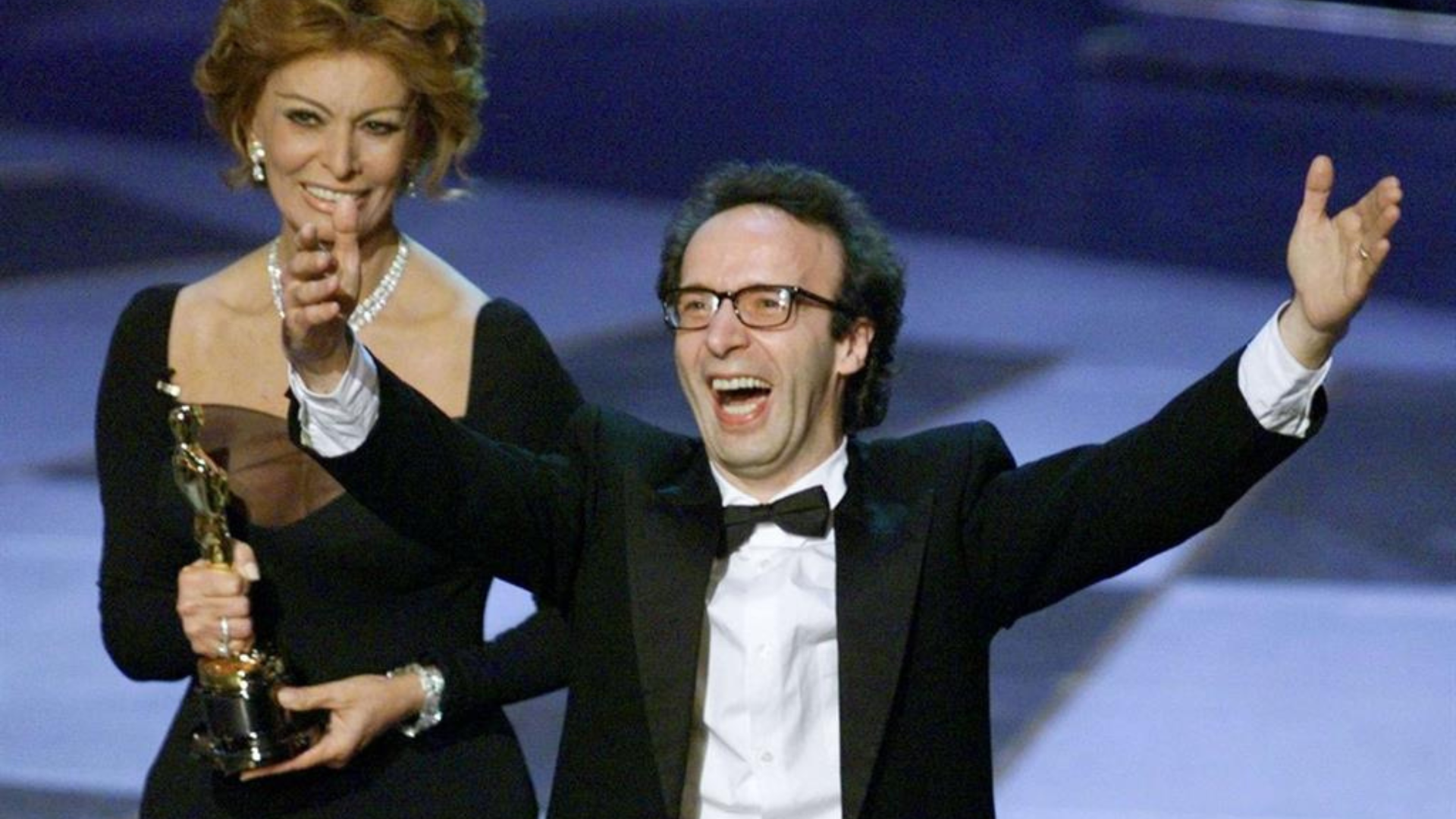
Edward Norton was widely praised for his performance in American History X but failed to win the Oscar for Best Actor. Norton was beaten to the Oscar by Roberto Benigni for his performance in Life is Beautiful. Empire magazine included this in their list of 22 Incredibly Shocking Oscars Injustices.
New Line Cinema was not originally going to produce the movie

American History X was originally going to be produced at Savoy Pictures before the studio went bankrupt. New Line Cinema purchased the script and went ahead with filming. While the film went on to become popular with movie critics, New Line Cinema found itself on the end of a lawsuit filed by the movie’s director Tony Kaye because of his displeasure with the final product.
Columbia Pictures were interested in producing the movie
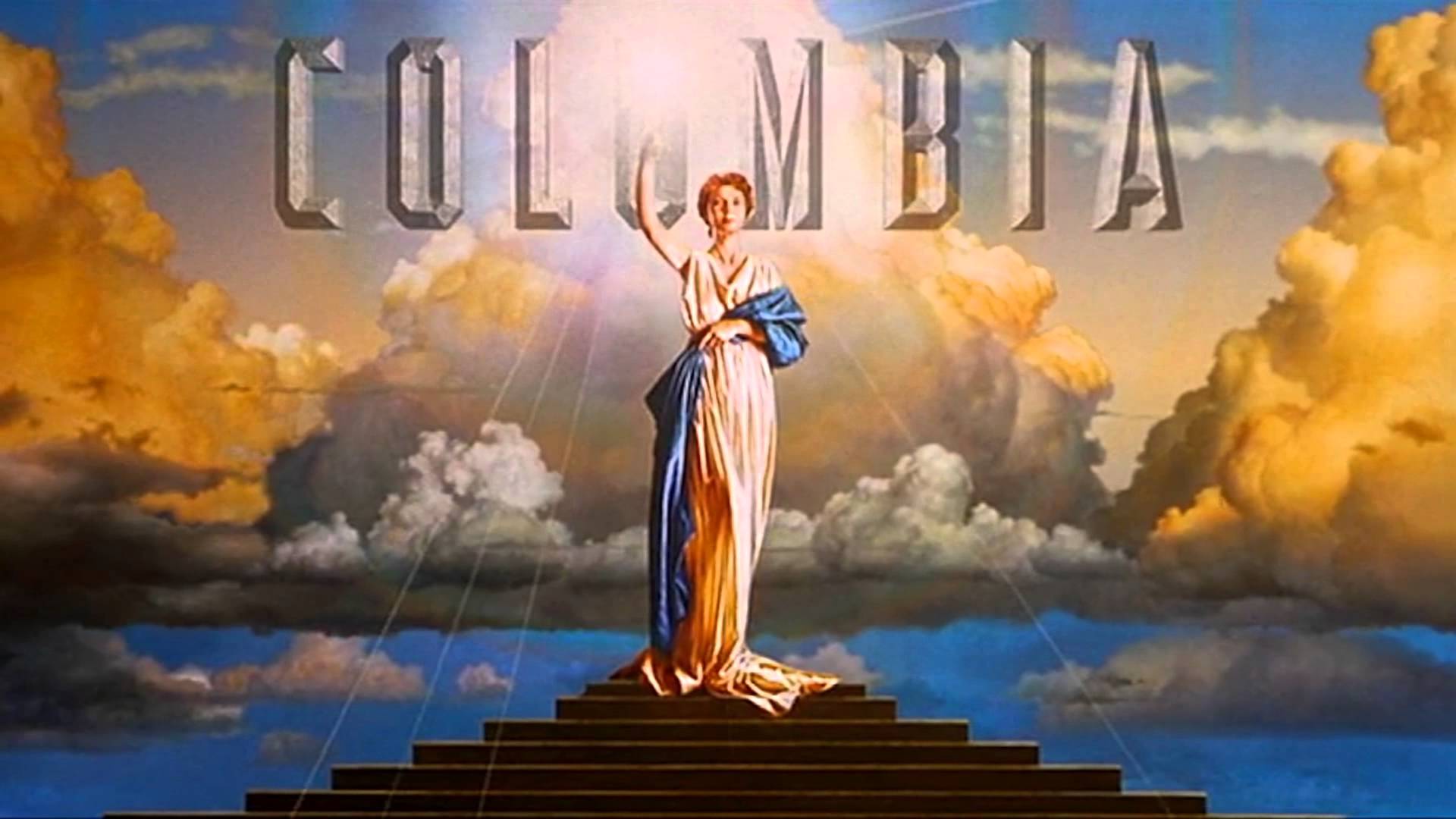
The script for American History X caused intrigue in Hollywood before it was eventually picked up by New Line Cinema. Producer and executive Teddy Zee expressed an interest in producing the movie for Columbia Pictures, which could have seen an entirely different cast, director, and setting chosen for the movie.
Danny quotes Abraham Lincoln in his final paper
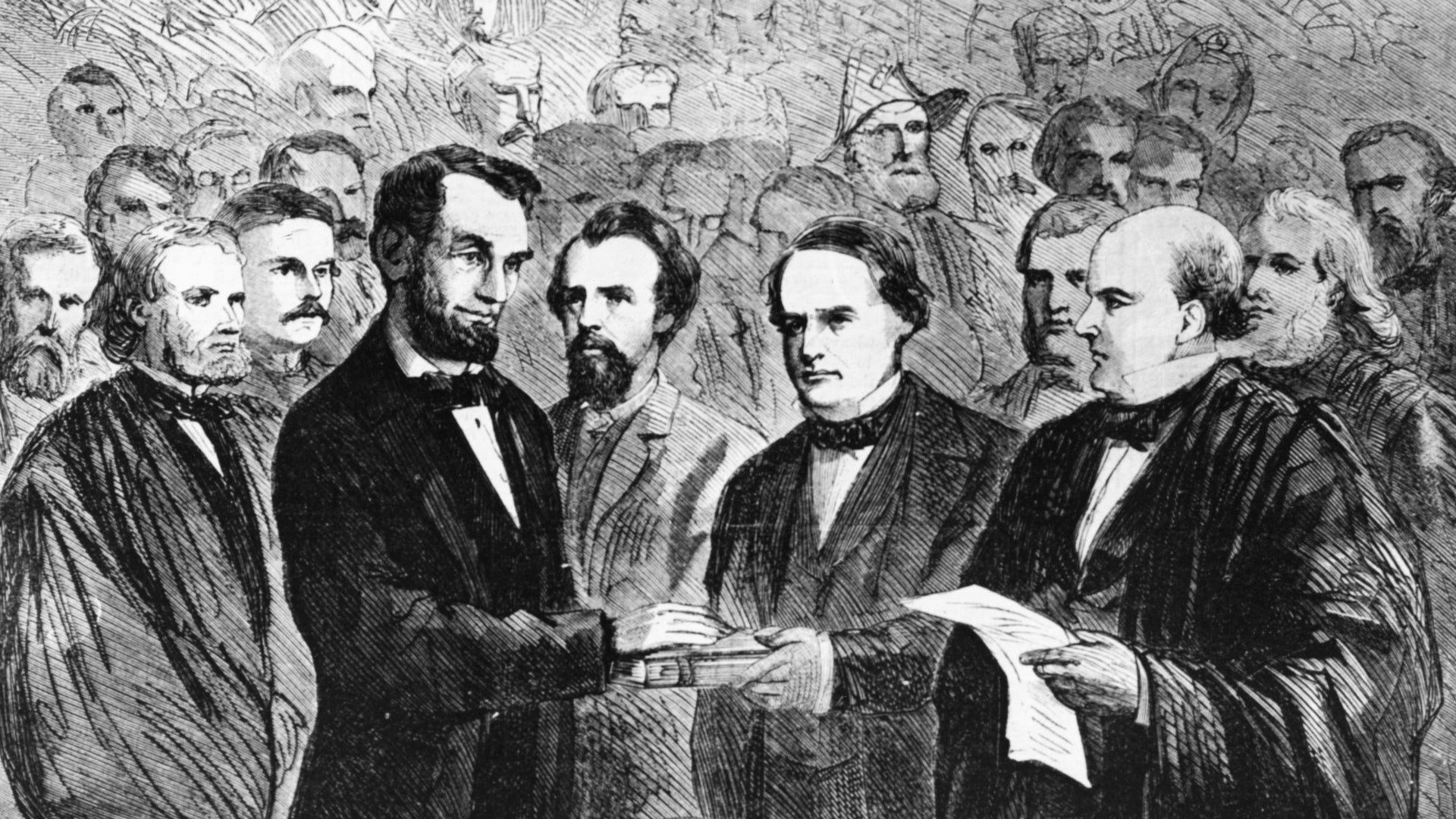
An important sign of Danny Vinyard’s ideological turnaround comes in the form of an Abraham Lincoln quote he uses to end his final paper. The quote used is from Lincoln’s Inaugural Address of 1861, stating, “We are not enemies, but friends. We must not be enemies. Though passion may have strained, it must not break our bonds of affection.”
Larry Clark was approached to direct the movie

Larry Clark, famous for his controversial teen movie, Kids, was originally approached to be the director for American History X. Due to scheduling conflicts, he turned the approach down, leaving the door open for Tony Kaye to step into the role. Kaye did so, beginning a fractious relationship between himself and New Line Cinema which ended in a lawsuit and a delayed movie release.